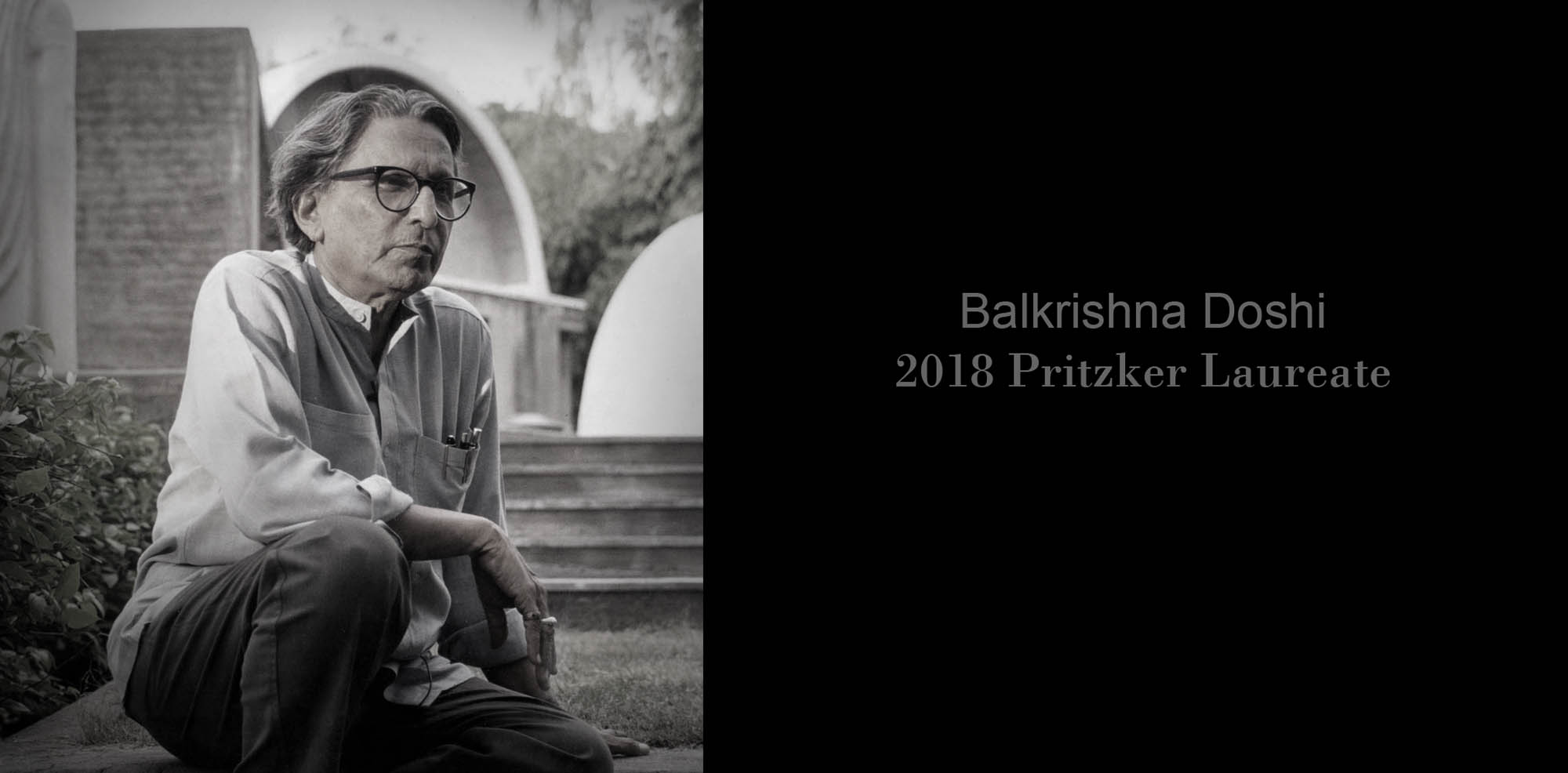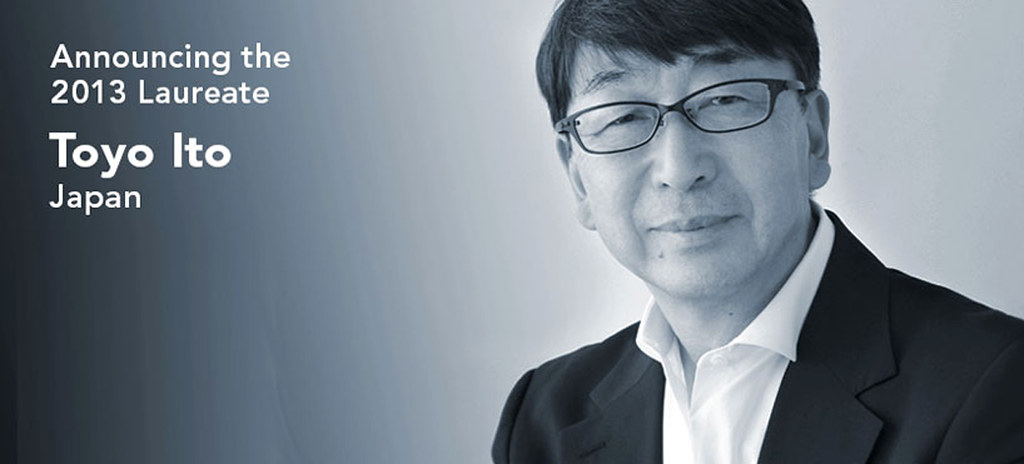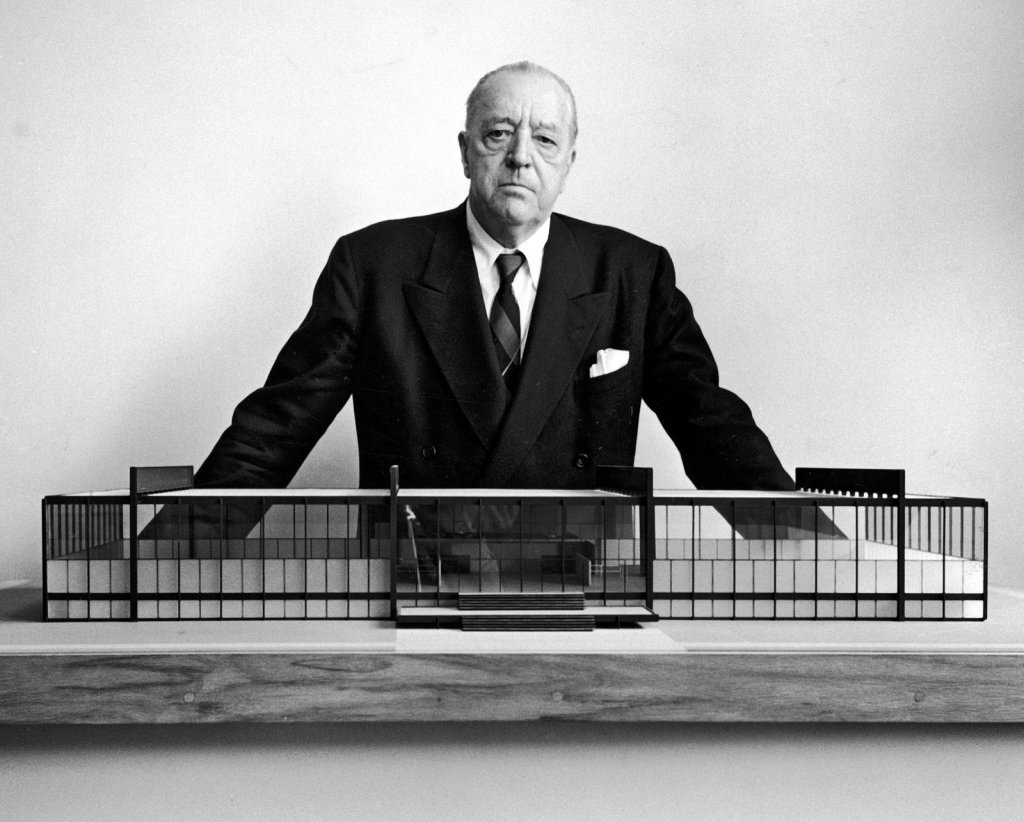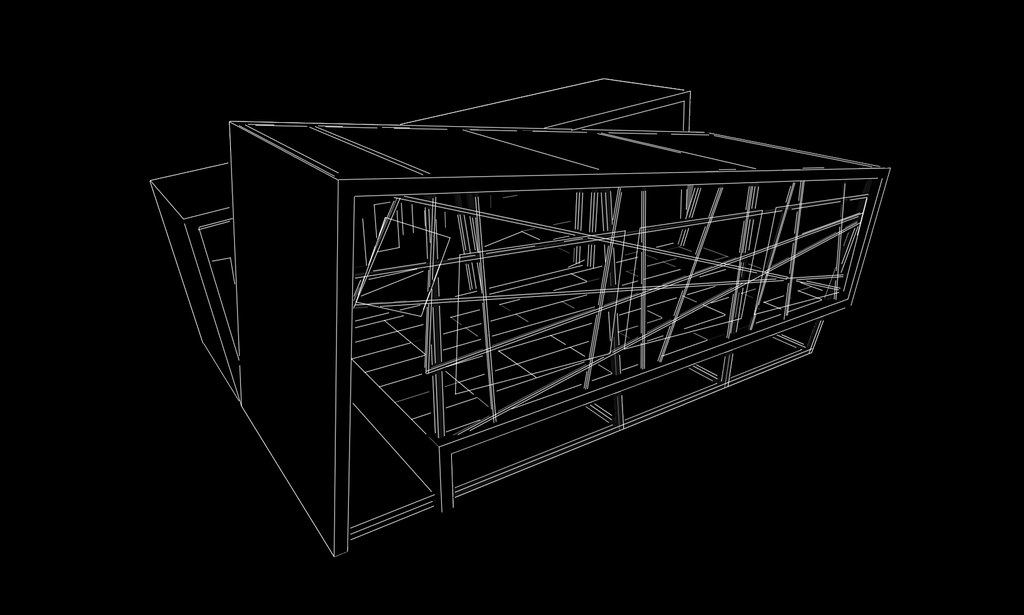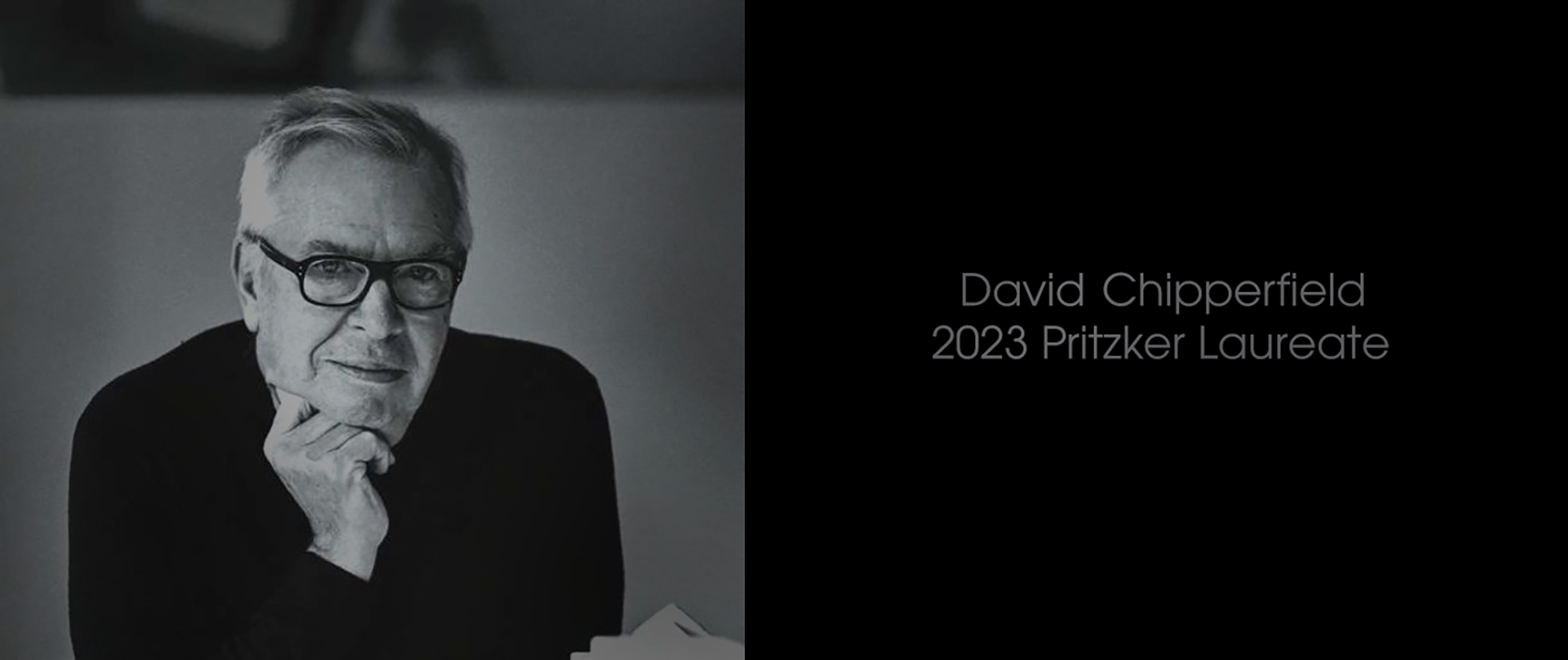
Chicago, IL (March 7, 2023) – Civic architect, urban planner and activist, Sir David Alan Chipperfield CH has been selected as the 2023 Laureate of The Pritzker Architecture Prize, the award that is regarded internationally as architecture’s highest honor.
Subtle yet powerful, subdued yet elegant, he is a prolific architect who is radical in his restraint, demonstrating his reverence for history and culture while honoring the preexisting built and natural environments, as he reimagines functionality and accessibility of new buildings, renovations and restorations through timeless modern design that confronts climate urgencies, transforms social relationships and reinvigorates cities.
“I am so overwhelmed to receive this extraordinary honour and to be associated with the previous recipients who have all given so much inspiration to the profession,” remarks Chipperfield. “I take this award as an encouragement to continue to direct my attention not only to the substance of architecture and its meaning but also to the contribution that we can make as architects to address the existential challenges of climate change and societal inequality. We know that, as architects, we can have a more prominent and engaged role in creating not only a more beautiful world but a fairer and more sustainable one too. We must rise to this challenge and help inspire the next generation to embrace this responsibility with vision and courage.”
“I think good architecture provides a setting, it’s there and it’s not there. Like all things that have great meaning, they’re both foreground and background, and I’m not so fascinated by foreground all the time. Architecture is something which can intensify and support and help our rituals and our lives. The experiences in life that I gravitate toward and enjoy most are when normal things have been made special as opposed to where everything is about the special.”
He graduated from the Kingston School of Art in 1976 and the Architectural Association School of Architecture in London in 1980, where he learned to become a critic, reenvisioning the potential of each element to stretch every project beyond the task itself.
He worked under Douglas Stephen, Norman Foster, 1999 Pritzker Prize Laureate, and the late Richard Rogers, 2007 Pritzker Prize Laureate, before founding David Chipperfield Architects in London in 1985, which later expanded to additional offices in Berlin (1998), Shanghai (2005), Milan (2006) and Santiago de Compostela (2022).
His early career began on Sloane Street, designing a retail interior for the late Issey Miyake, leading to architectural work in Japan. The River and Rowing Museum (Henley-on-Thames, United Kingdom, 1989–1997) marked his inaugural building in his native country. He continued his work abroad, to early success for the reconstruction and reinvention of the Neues Museum (Berlin, Germany, 1993–2009) and the newly constructed James-Simon-Galerie (Berlin, Germany, 1999–2018). He credits his heightened sense of responsibility to these formative professional years, building in other countries for other cultures.
Collaboration has always been fundamental to his practice, upholding with certitude that, “the reality is that good buildings come from good process and good process means that you are engaging and collaborating with different forces.” During four decades, he has produced over one hundred works, which are expansive in typology and geography, ranging from civic, cultural and academic buildings to residences and urban masterplanning throughout Asia, Europe and North America.
As his practice grew more prolific, so did his advocacy for social and environmental welfare, censuring the commodification of architecture that serves global power rather than local society, and the interrelated lack of permanence that contributes to the climate crisis. “Architects can’t operate outside of society. We need society to come with us. And yes, maybe we can provoke and complain, and we can find models. But we need a planning framework, we need ambitions, we need priorities. Essentially, what we have to hope now is that the environmental crisis makes us reconsider priorities of society, that profit is not the only thing that should be motivating our decisions.”
Over recent years, he has developed a profound fondness and devotion to the community of Galicia, one of Spain’s poorest regions that paradoxically prospers with a high quality of life. Establishing the Fundación RIA in 2017, Chipperfield sponsors research, promotes ideas and aligns future development fostering locally-focused protection to the natural and built environments related to global challenges along the coast of the Ría de Arousa.
Chipperfield has received awards including the RIBA Royal Gold Medal (United Kingdom, 2011), the European Union Prize for Contemporary Architecture—the Mies van der Rohe Award (Spain, 2011) and the Heinrich Tessenow Medal (Germany, 1999). He was elected to the Royal Academy of Arts (2008), awarded the Order of Merit of the Federal Republic of Germany (2009), and the Japan Art Association’s Praemium Imperiale for Architecture (Japan, 2013), and is a member of the Royal Institute of British Architects and an honorary fellow of the American Institute of Architects and the Bund Deutscher Architekten.
Chipperfield was the curator of the 13th Biennale Architettura in 2012, presenting the theme, Common Ground; selected as the architectural mentor for the Rolex Mentor and Protégé Arts Initiative in 2016–2017; and the guest editor for Domus in 2020. He was Professor of Architecture at the Staatliche Akademie der Bildenden Künste, Stuttgart from 1995 to 2001 and Norman R. Foster Visiting Professor of Architectural Design at Yale University in 2011.
He was appointed as Commander of the Order of the British Empire in 2004, knighted in 2010 and appointed to the Order of the Companions of Honour in 2021.
Selected Works:
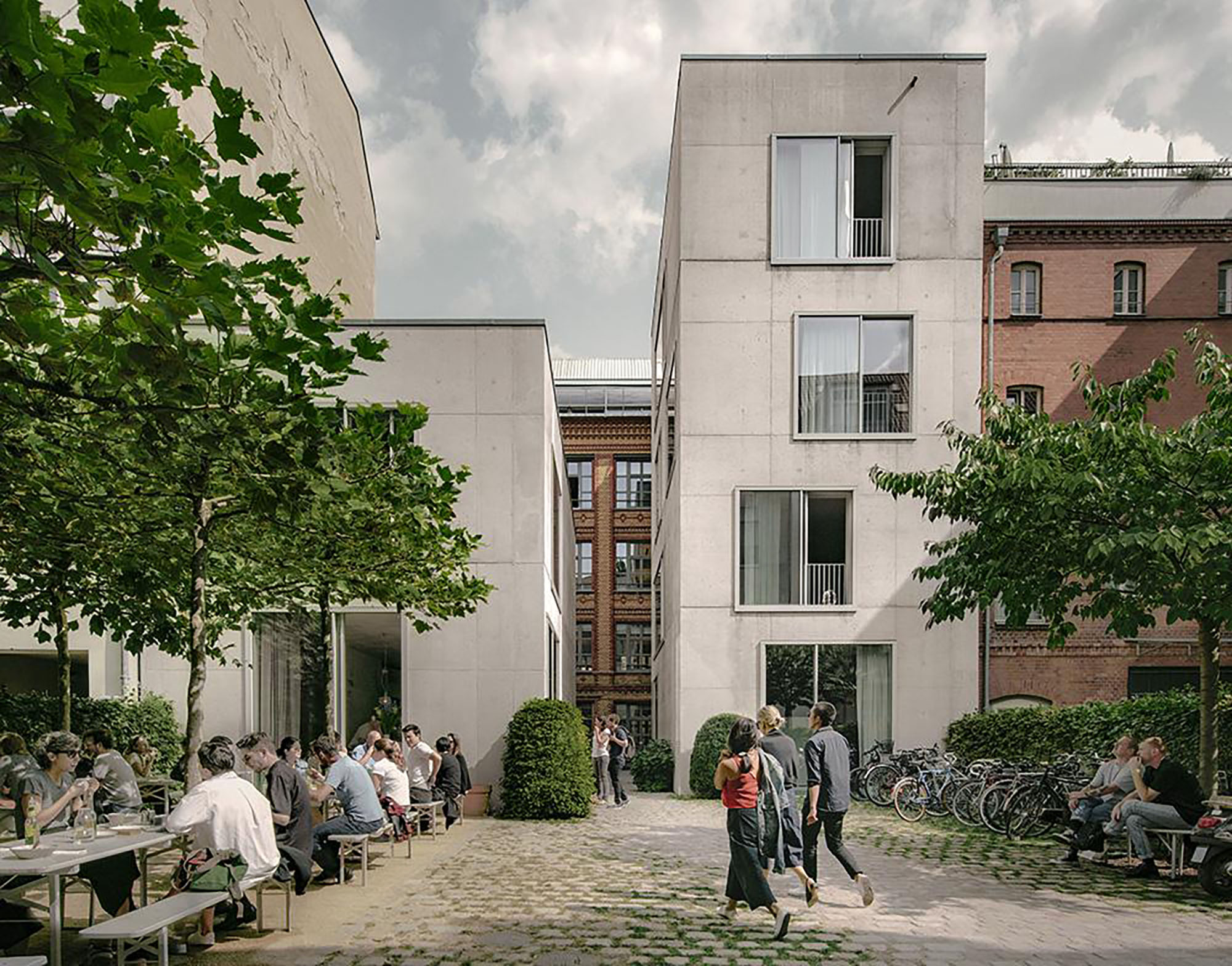


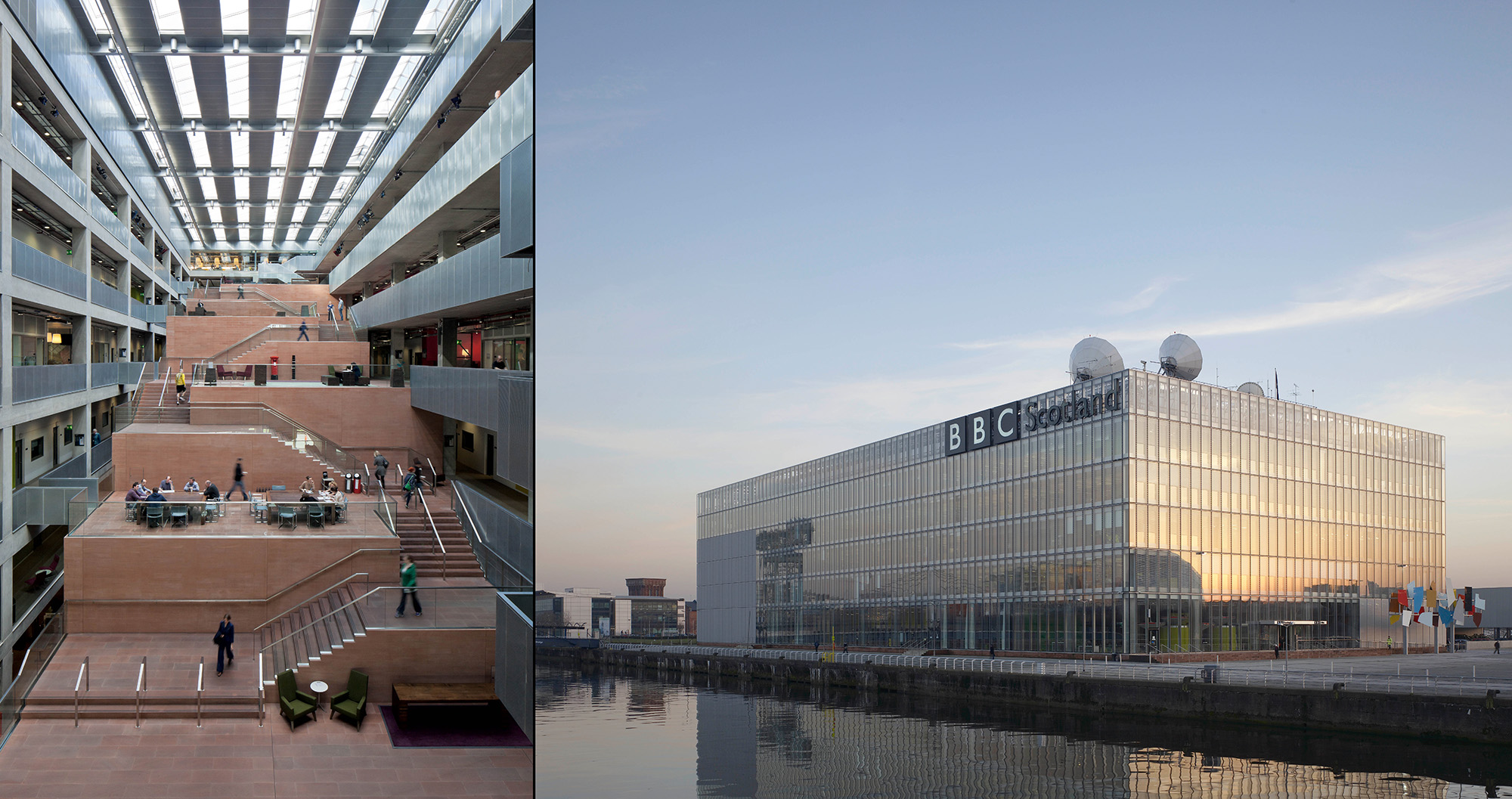
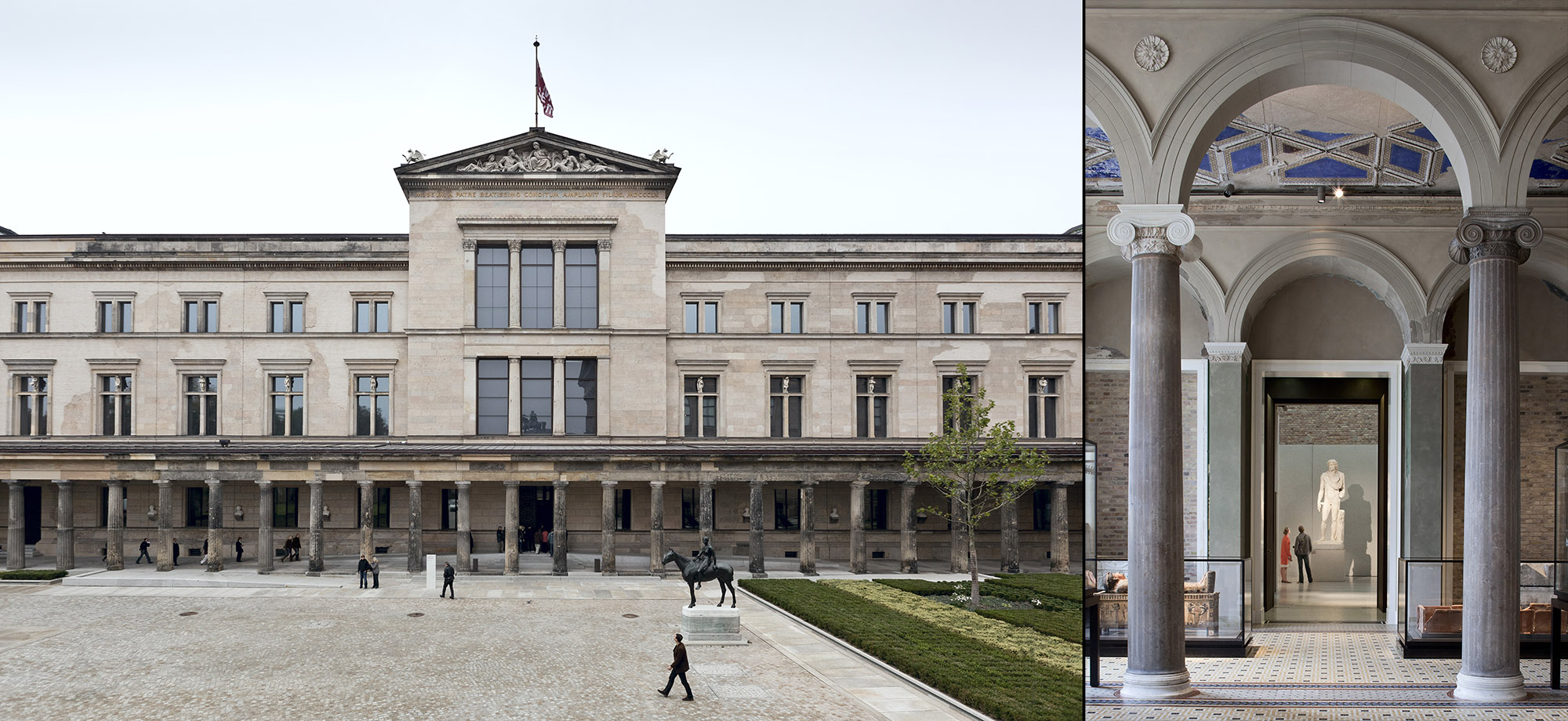
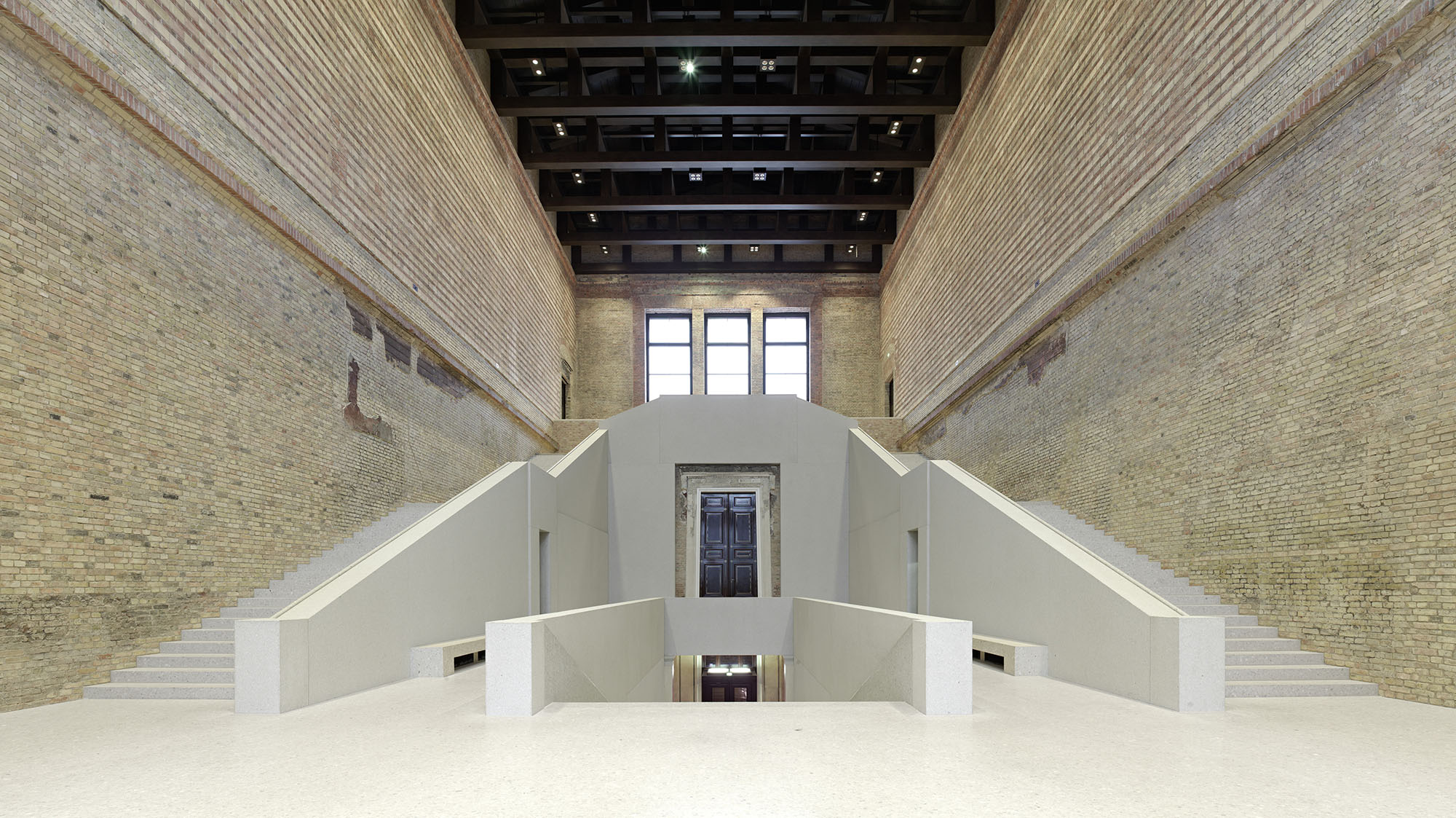
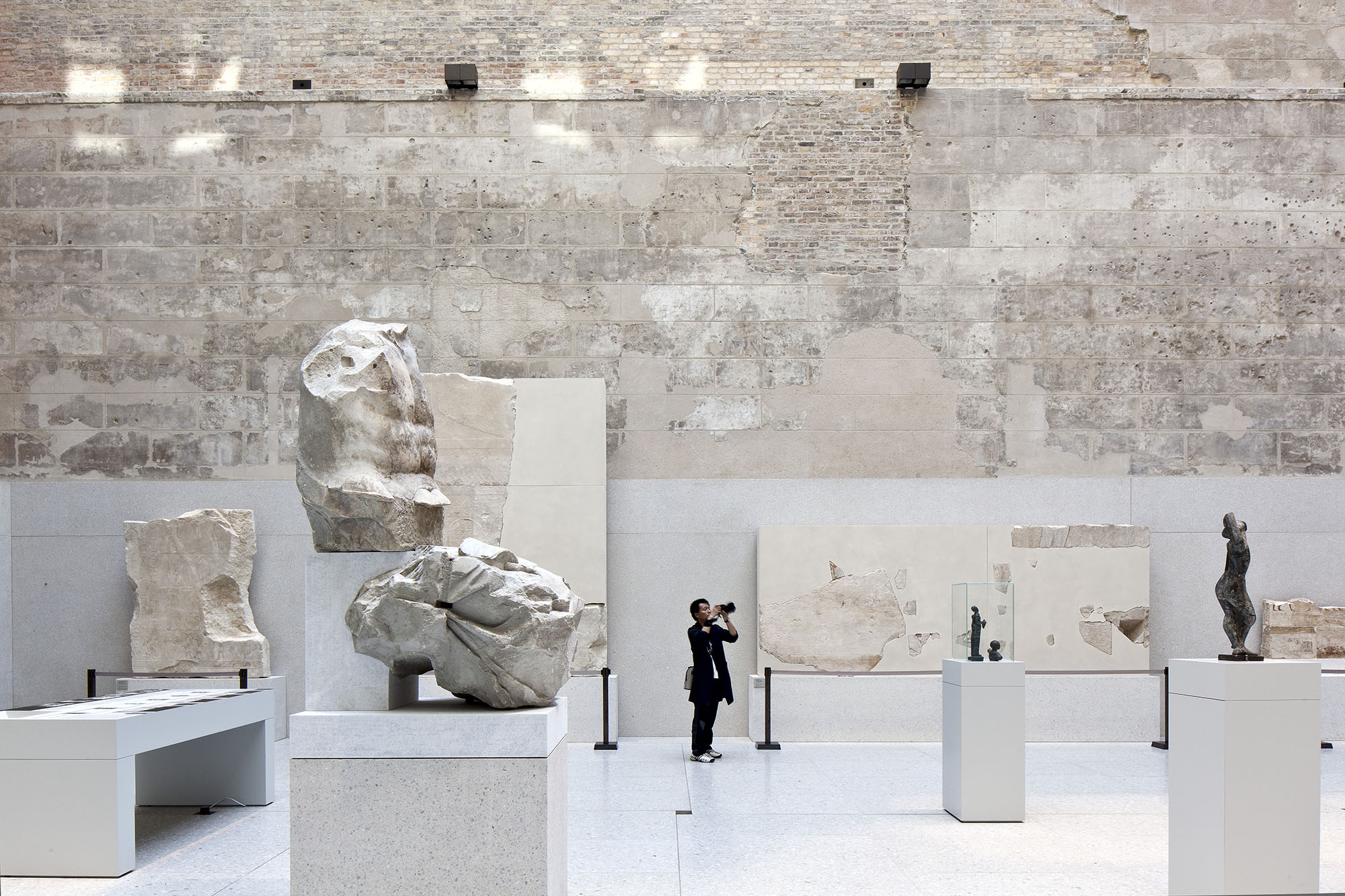
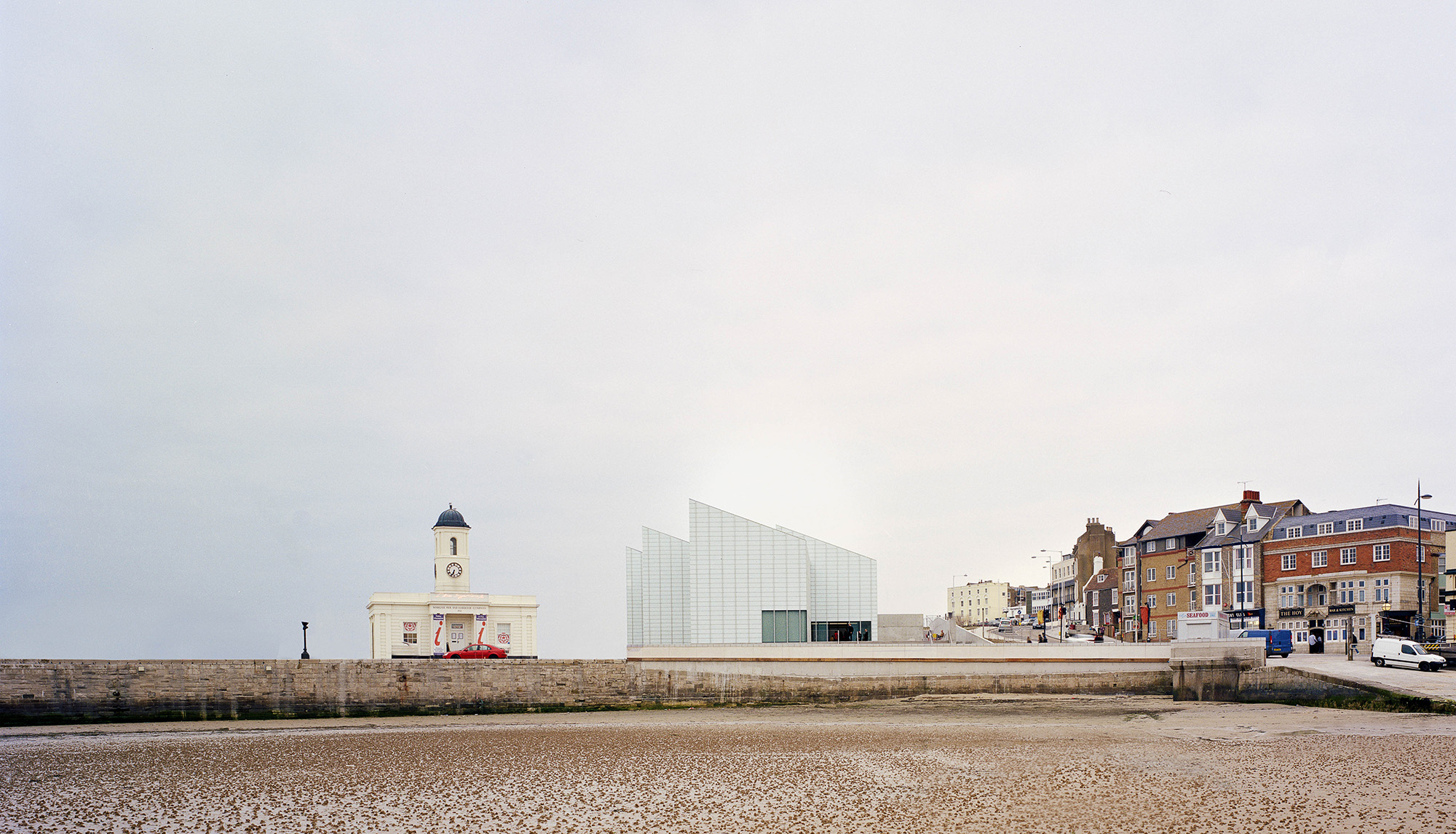
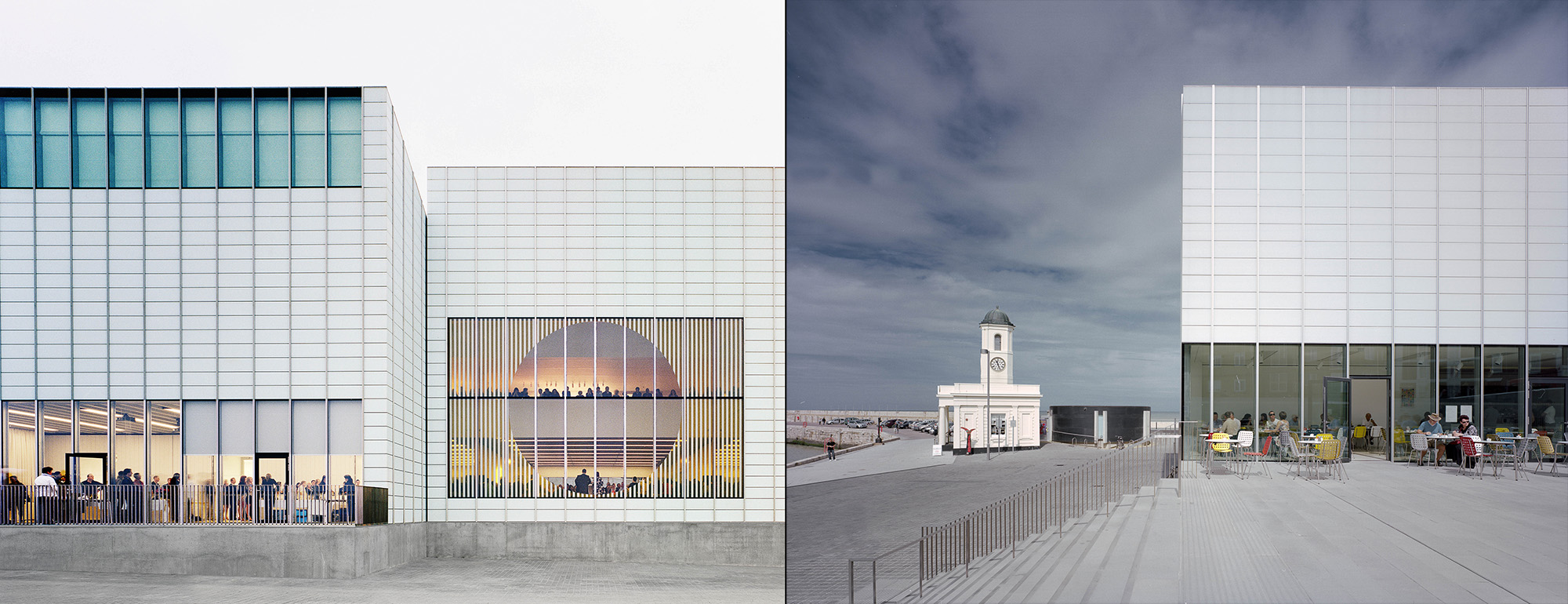

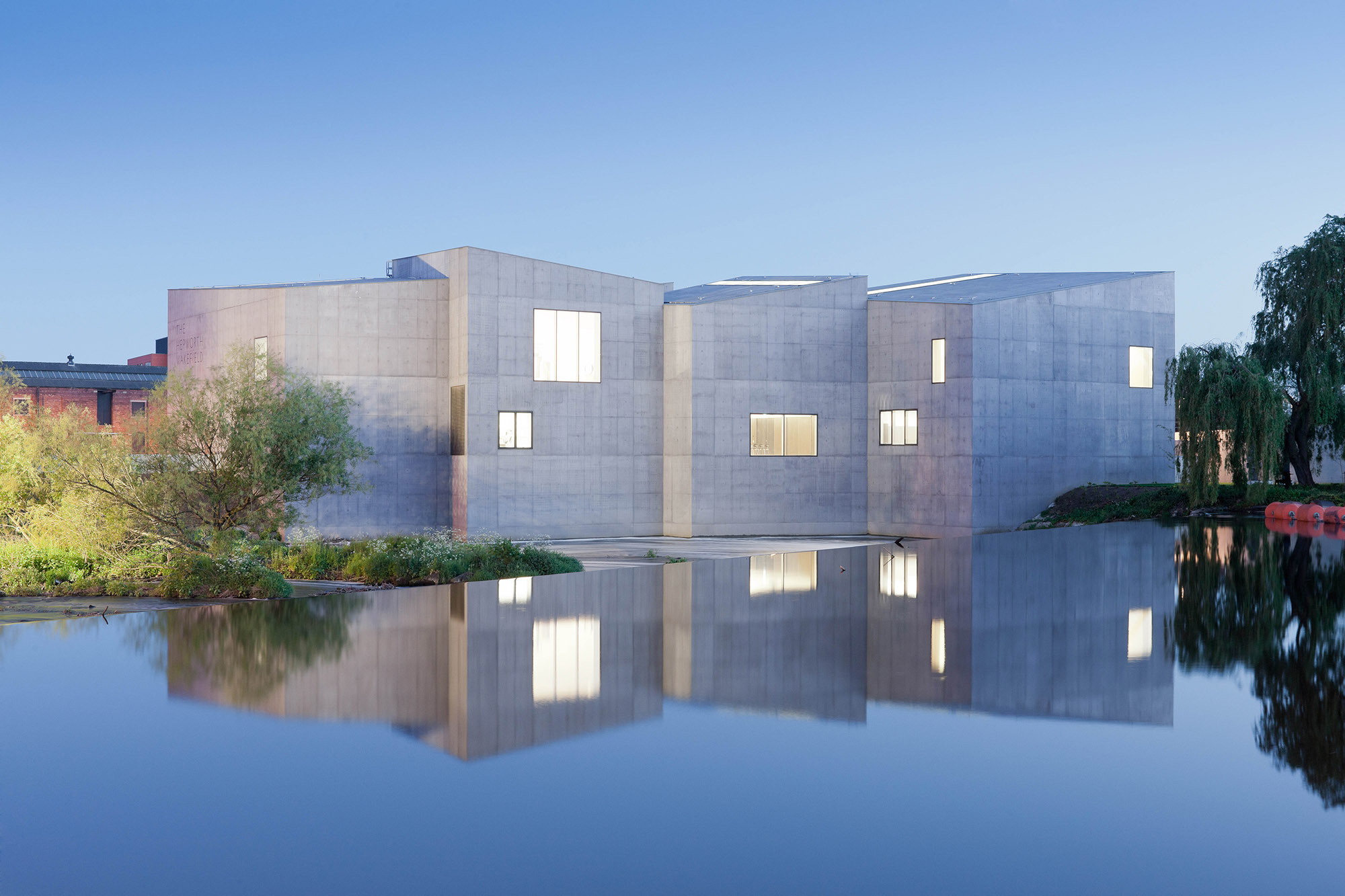
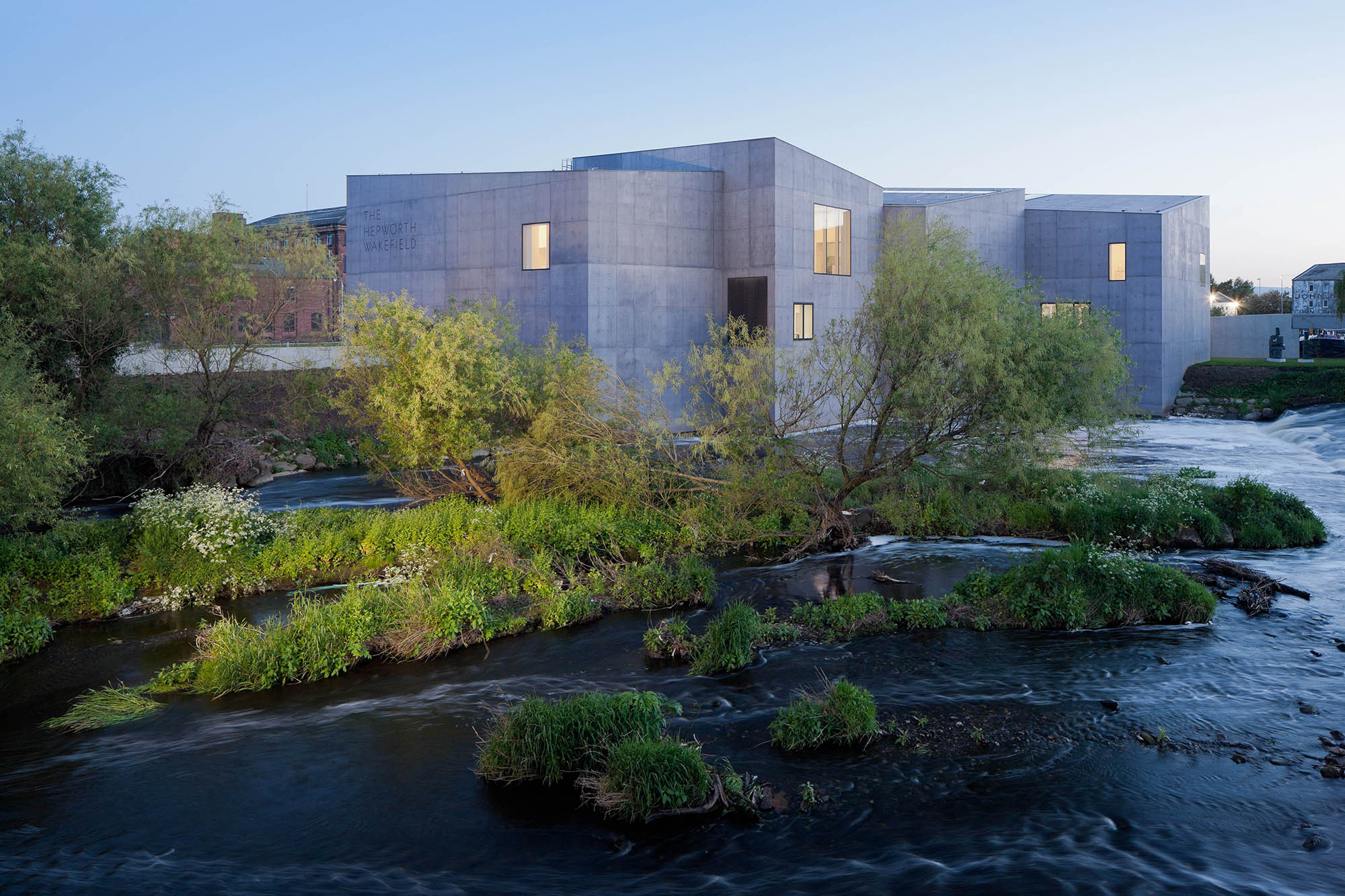
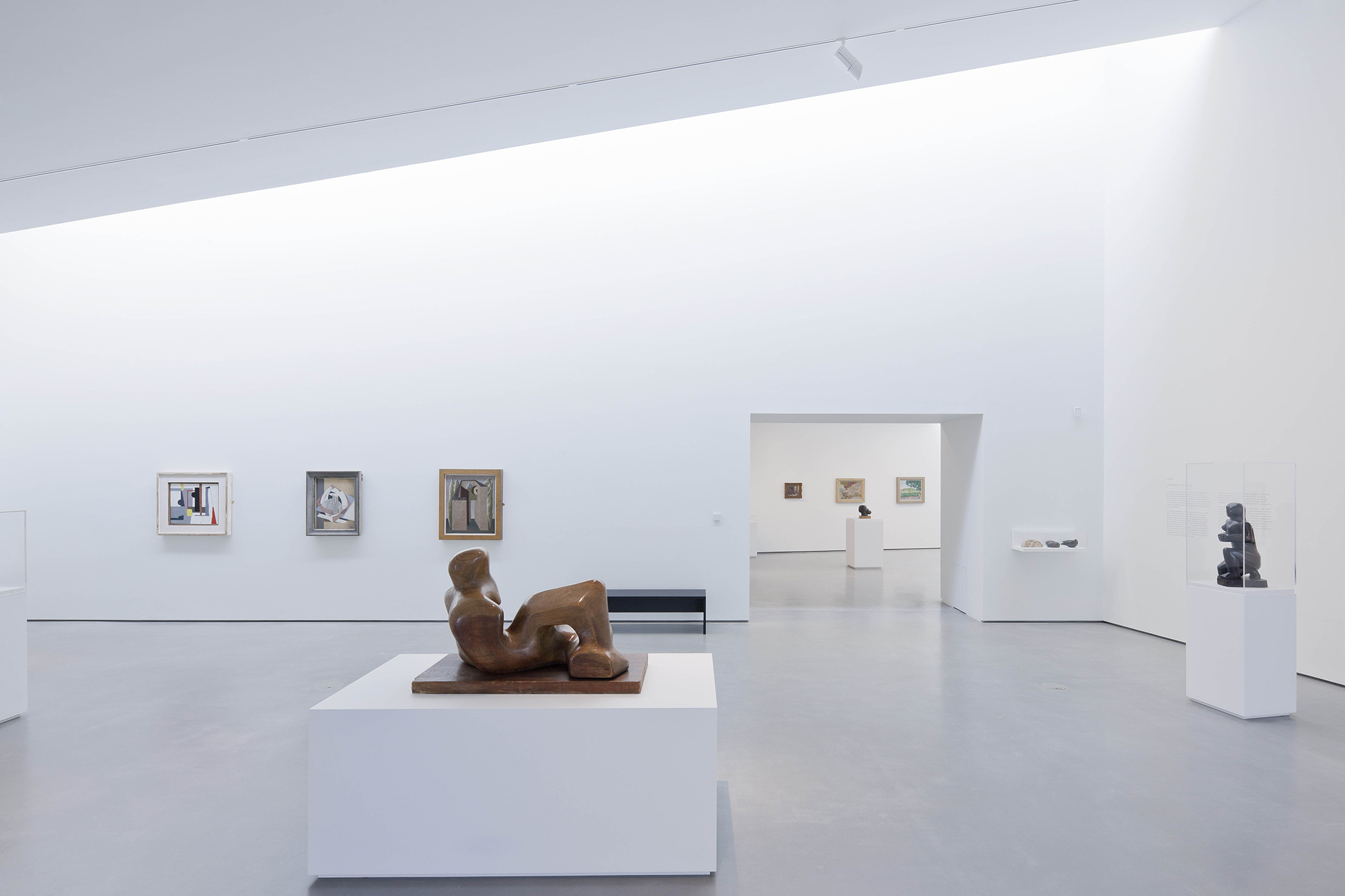
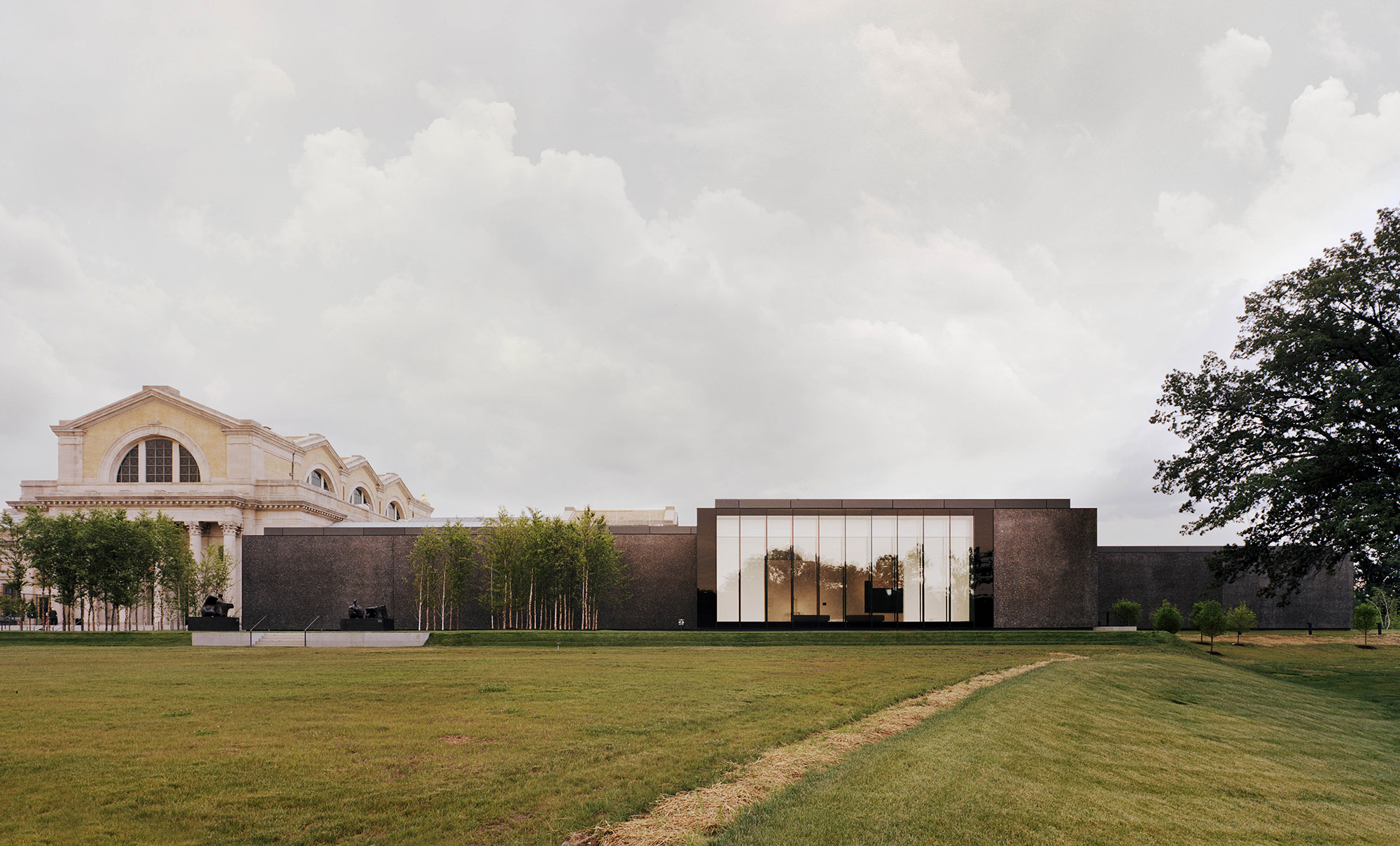

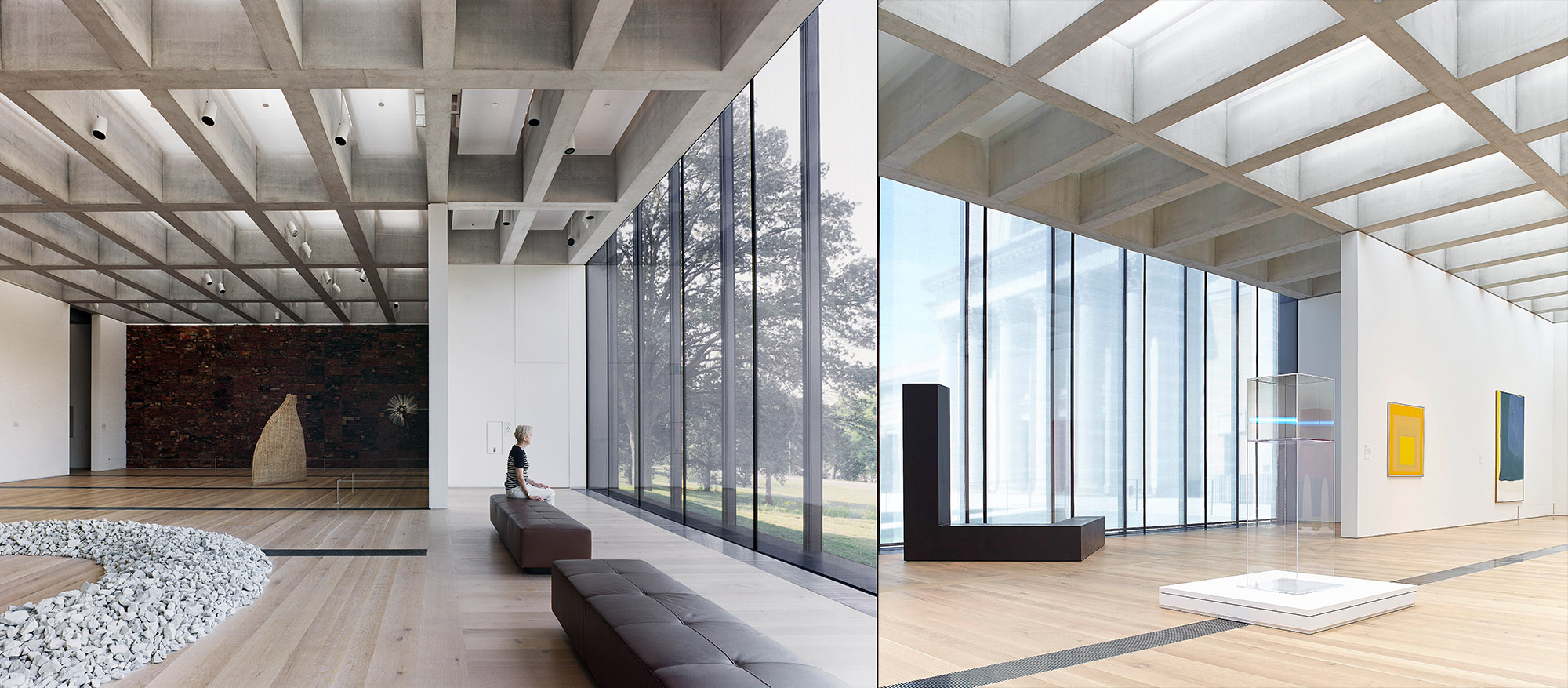
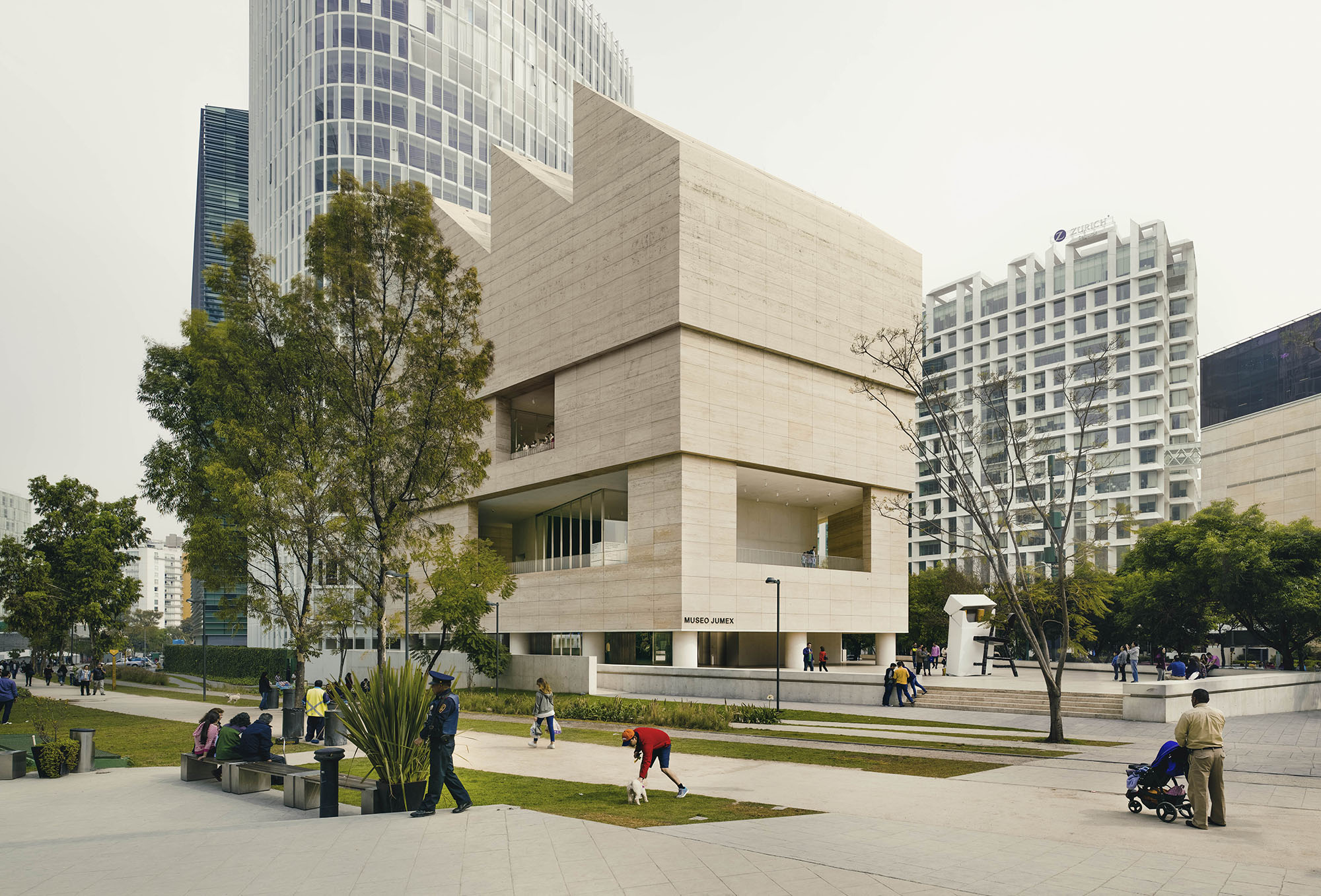
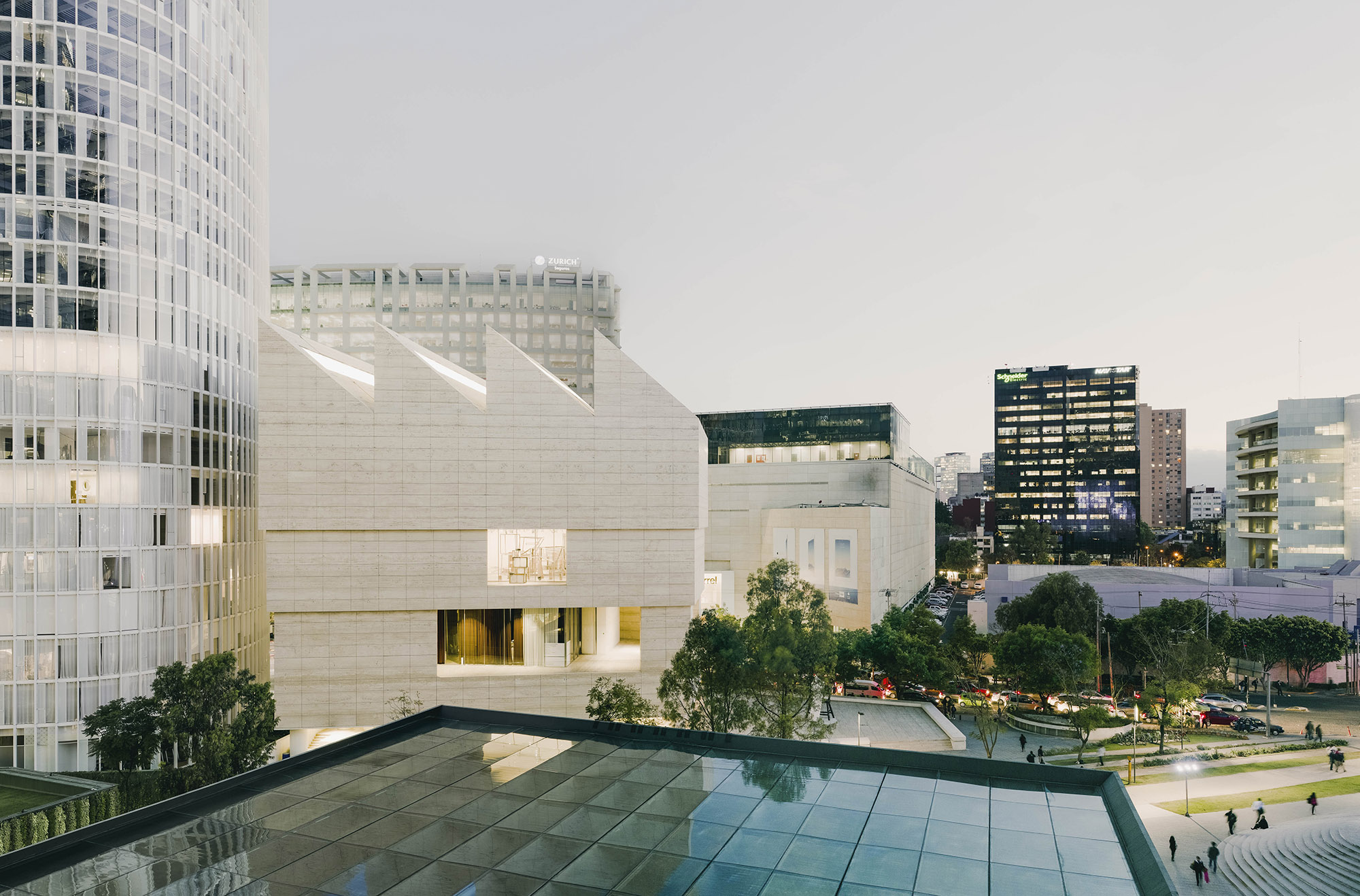
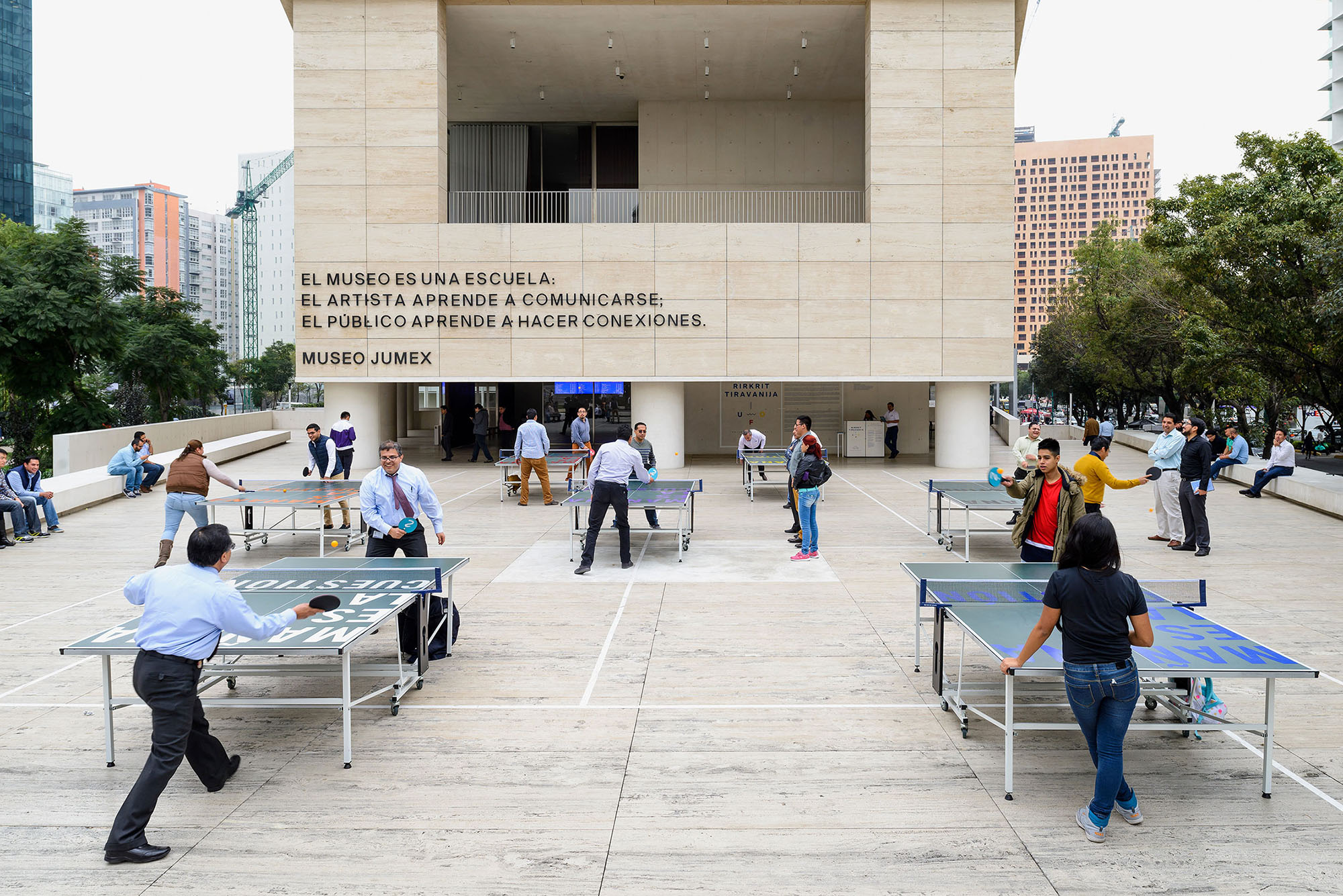
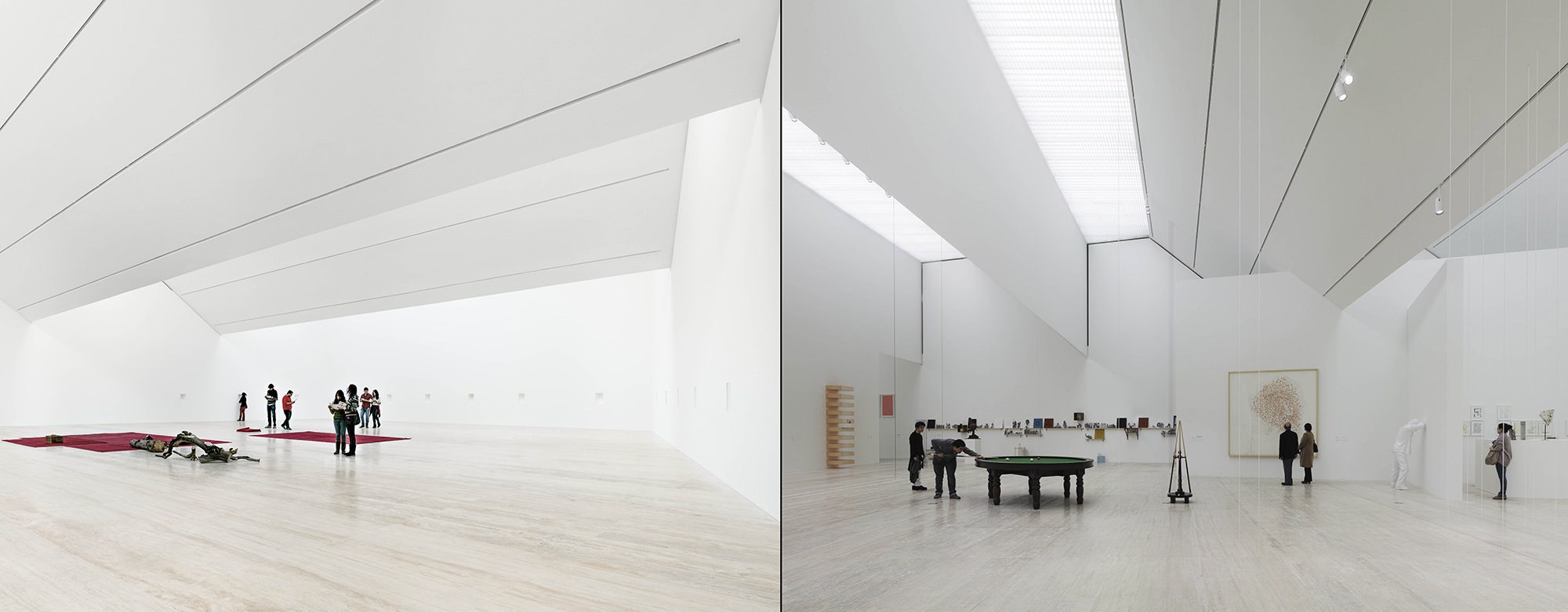

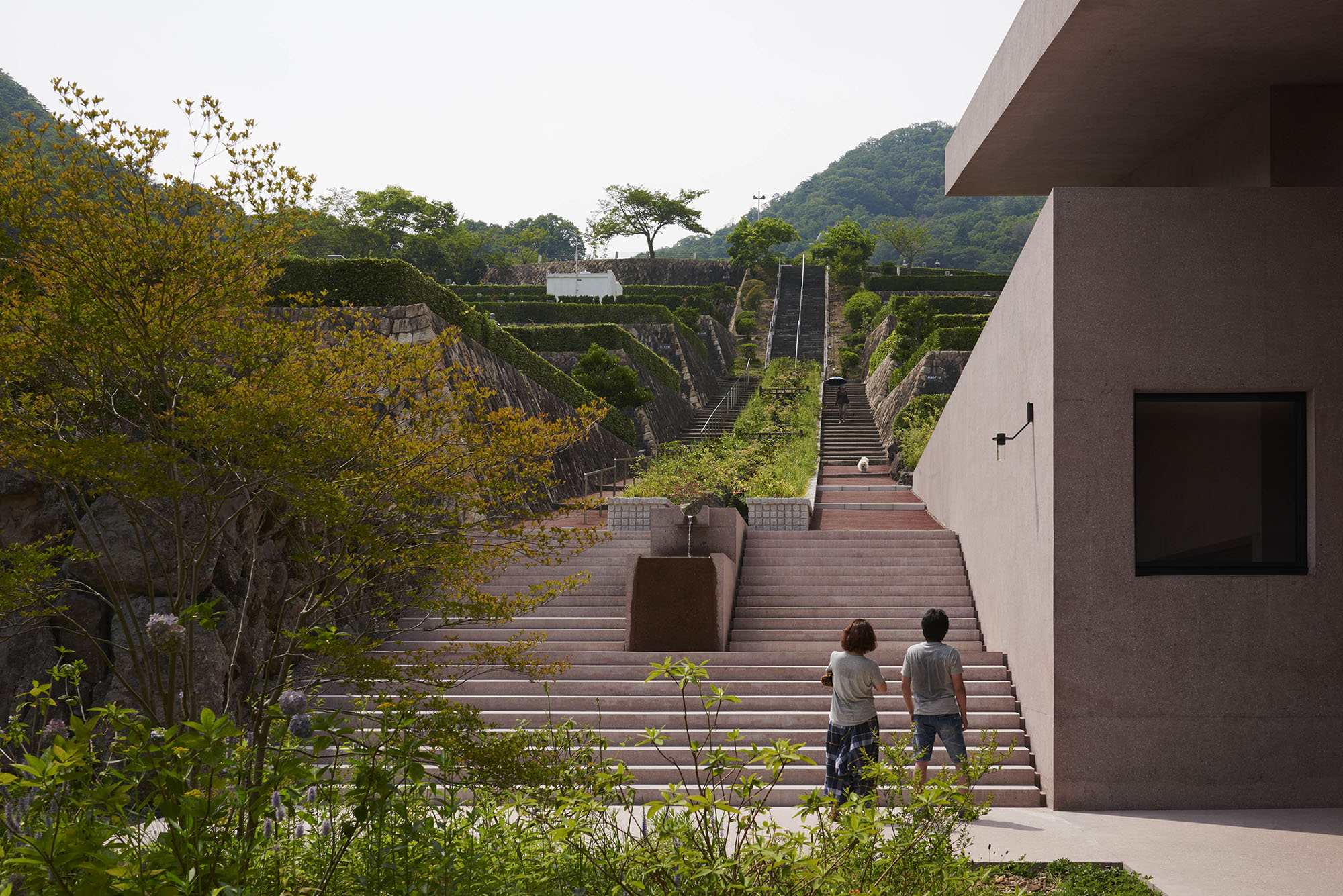
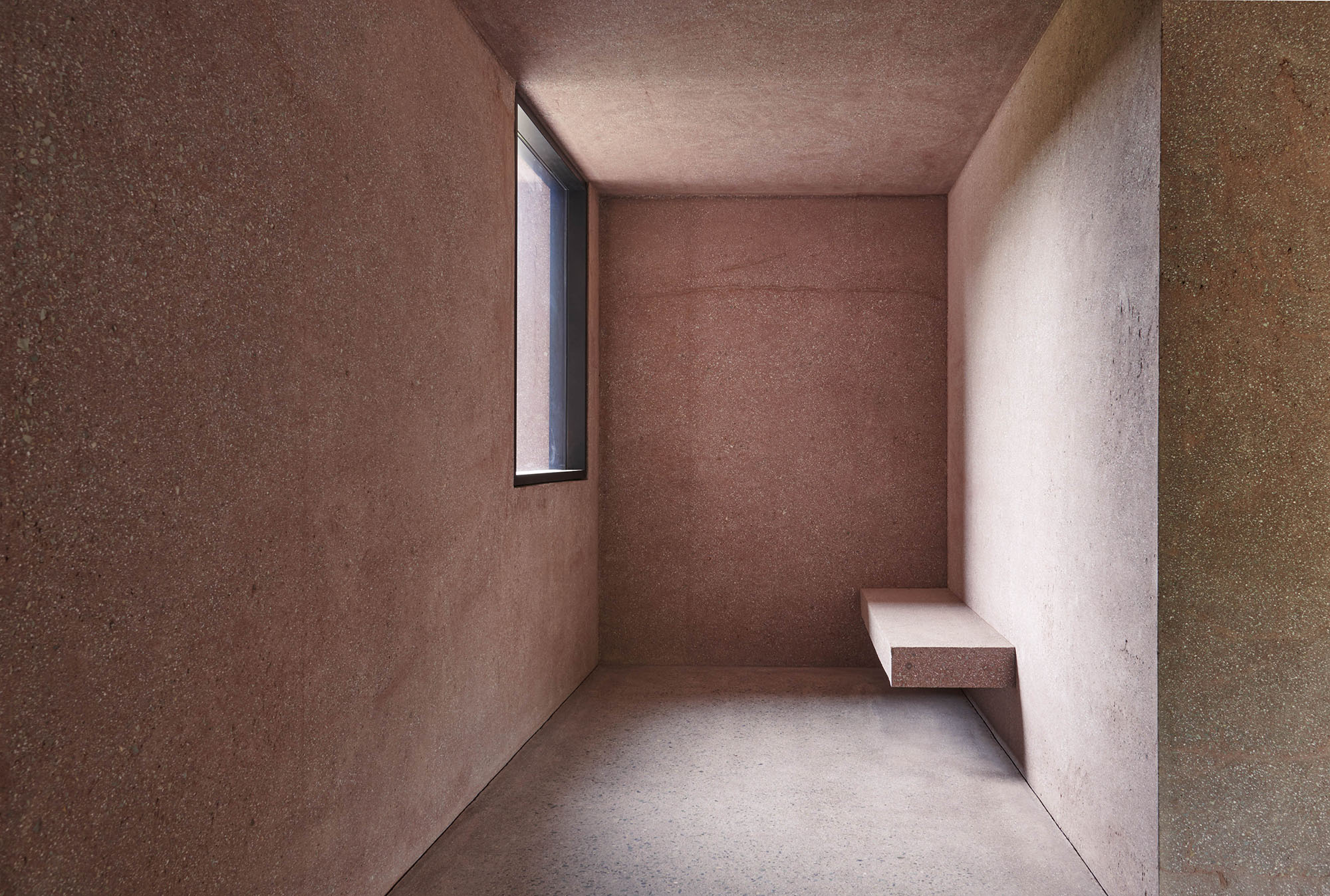
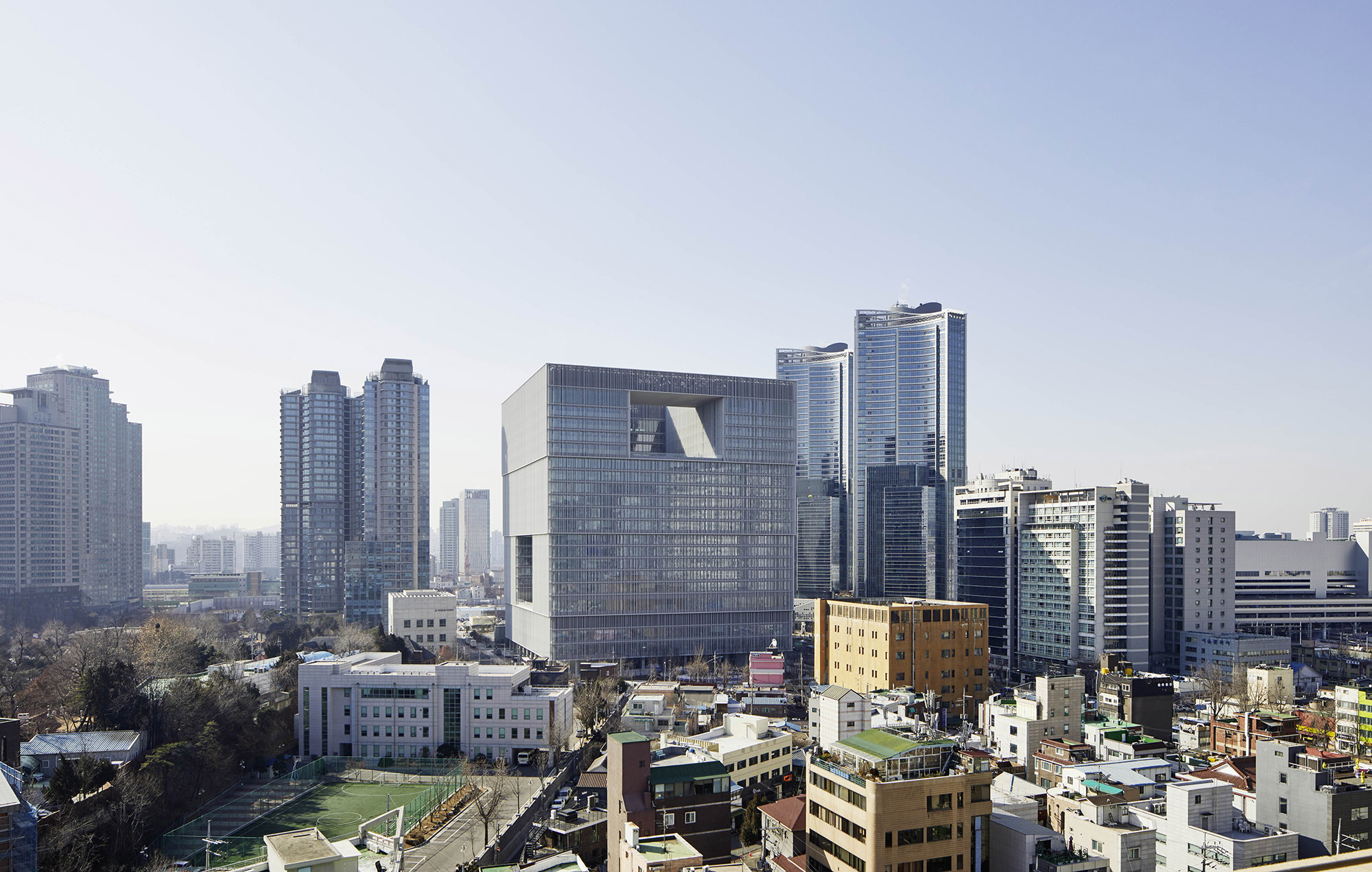
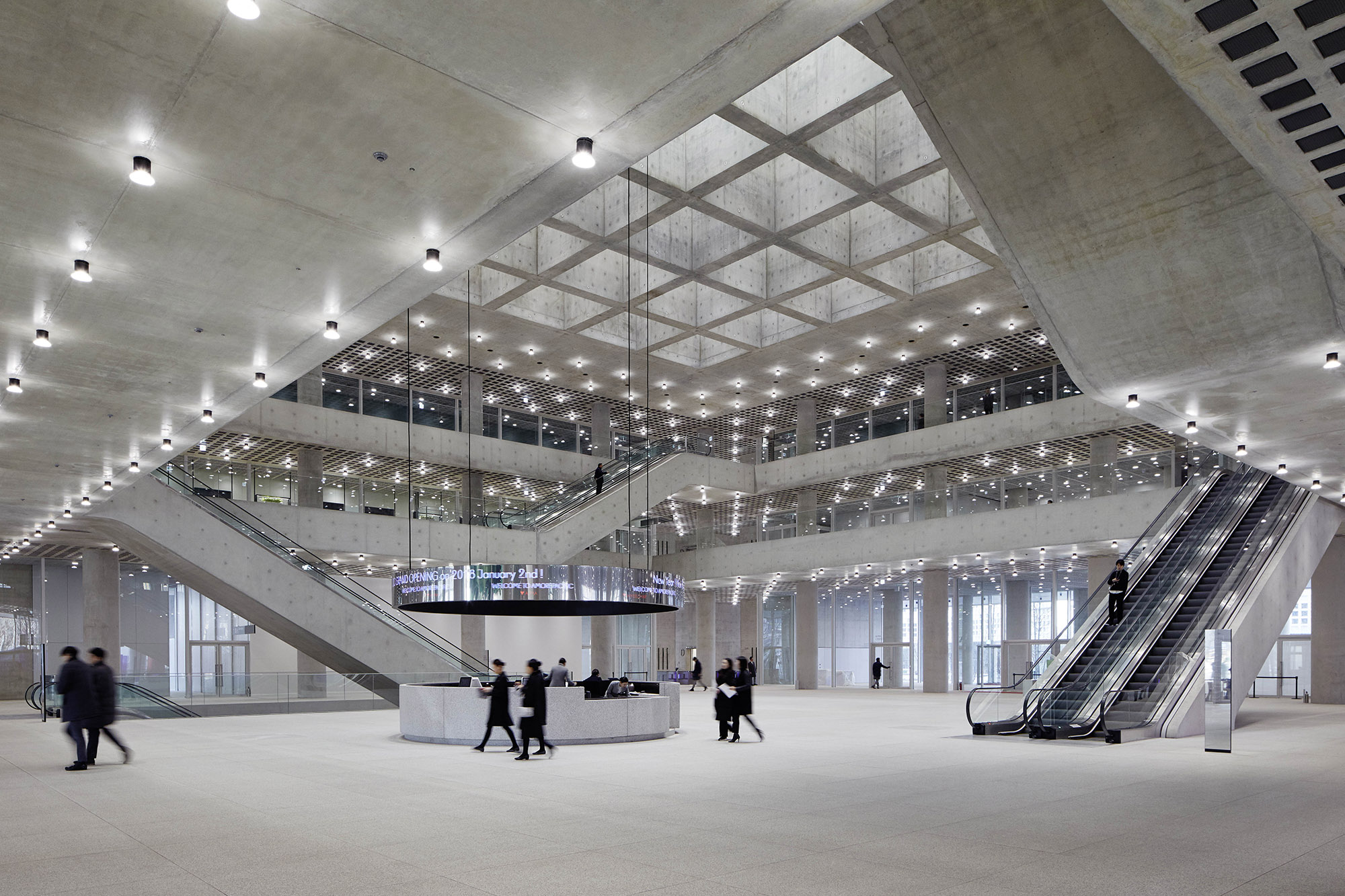
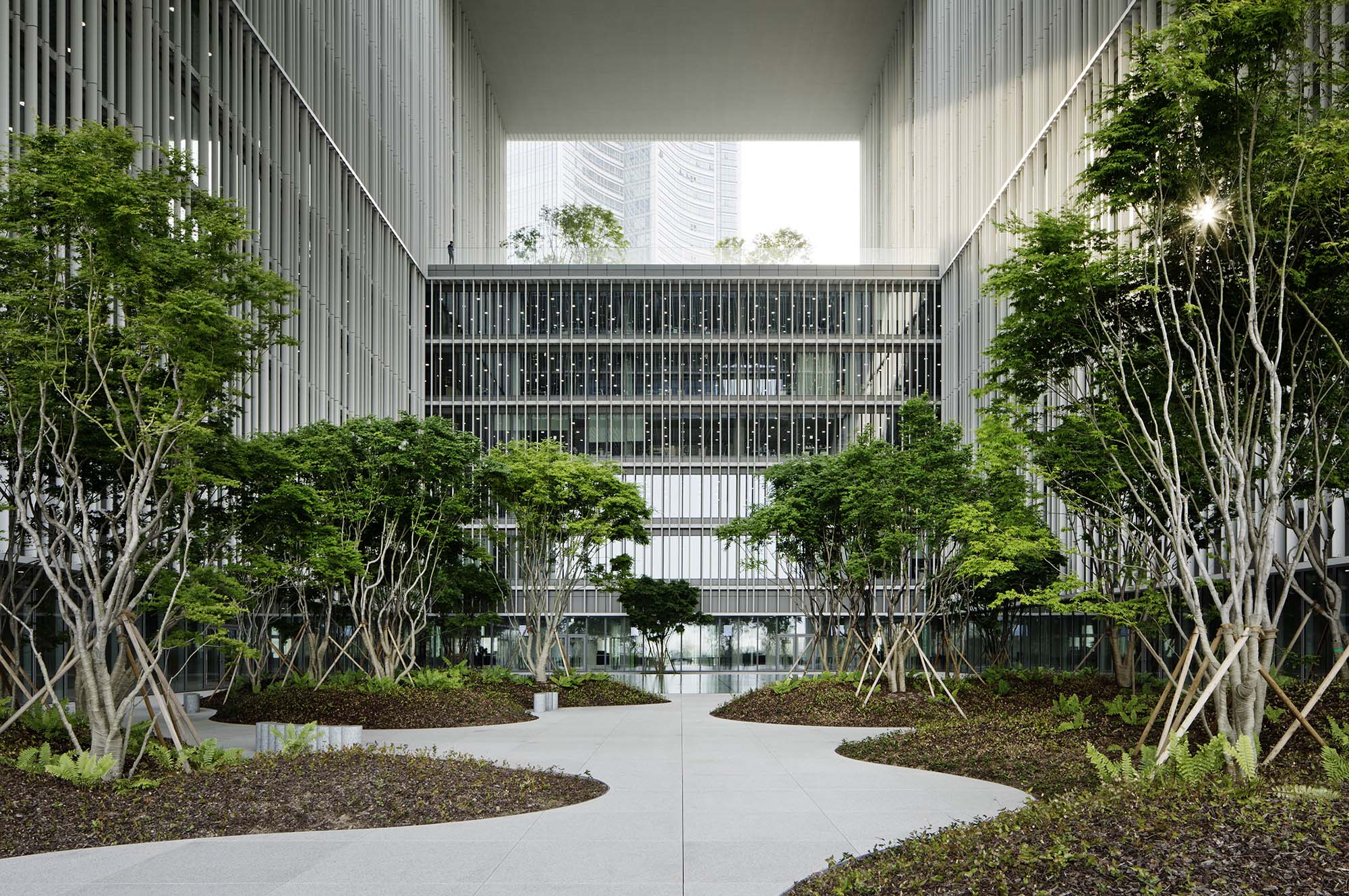
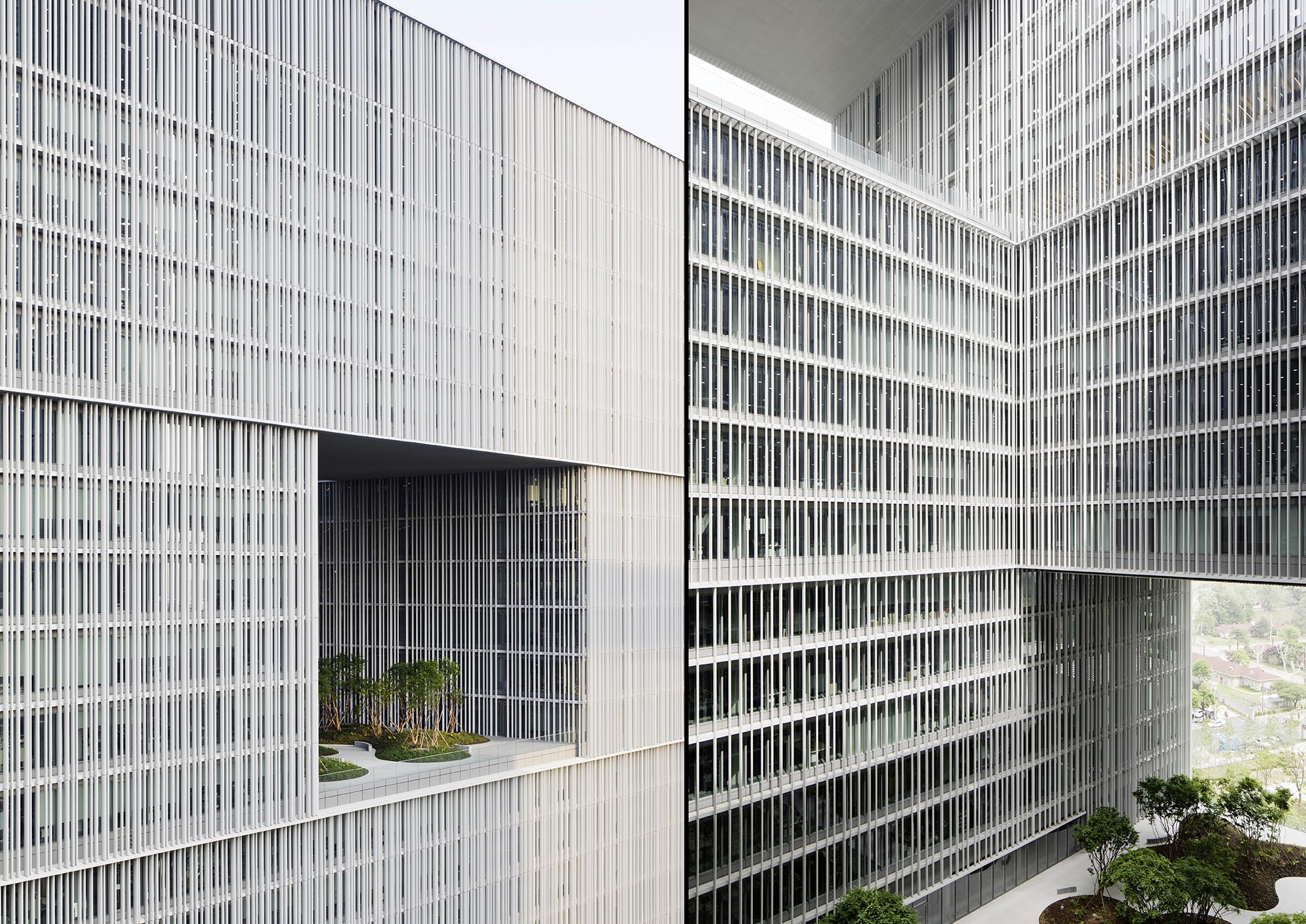
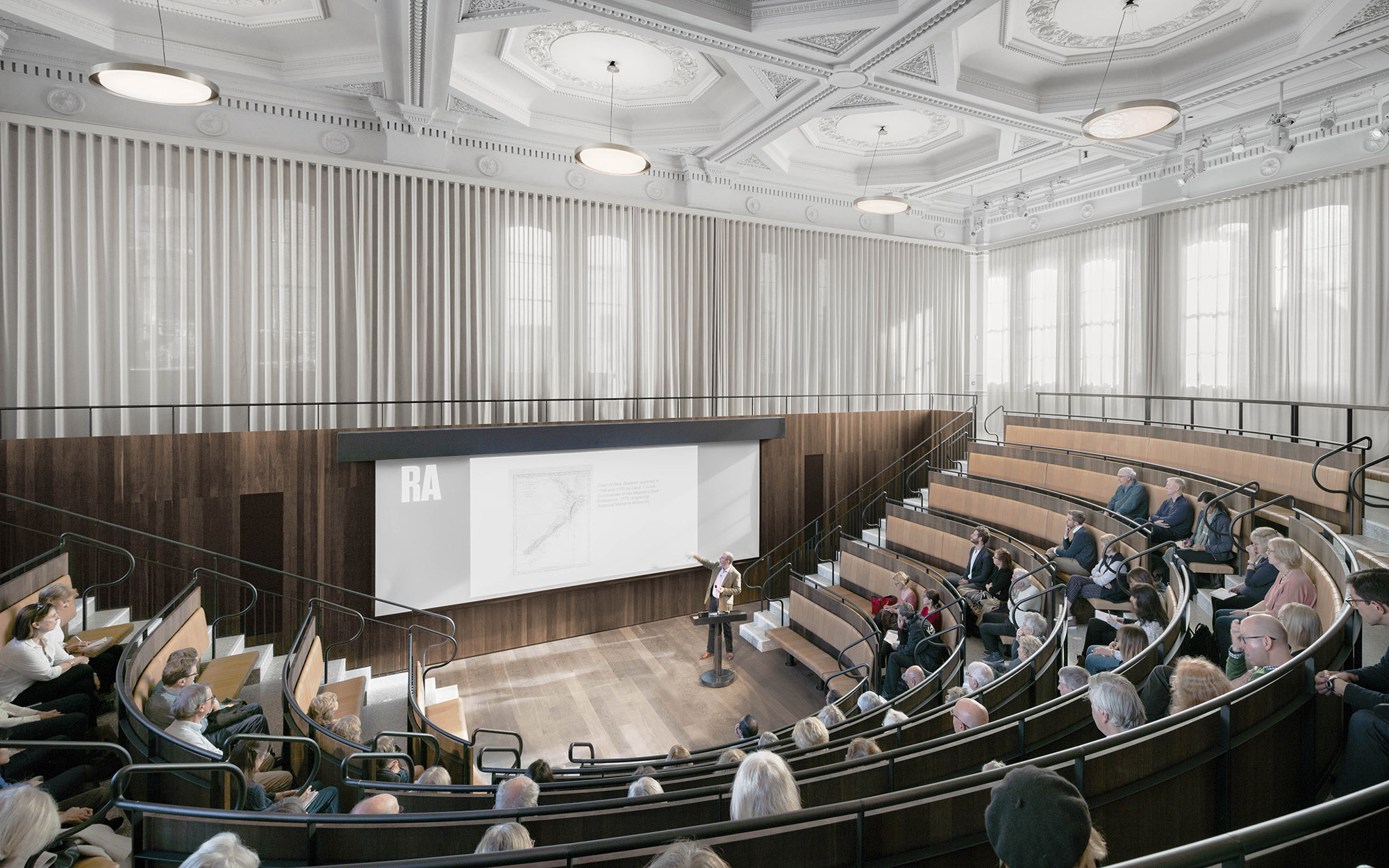
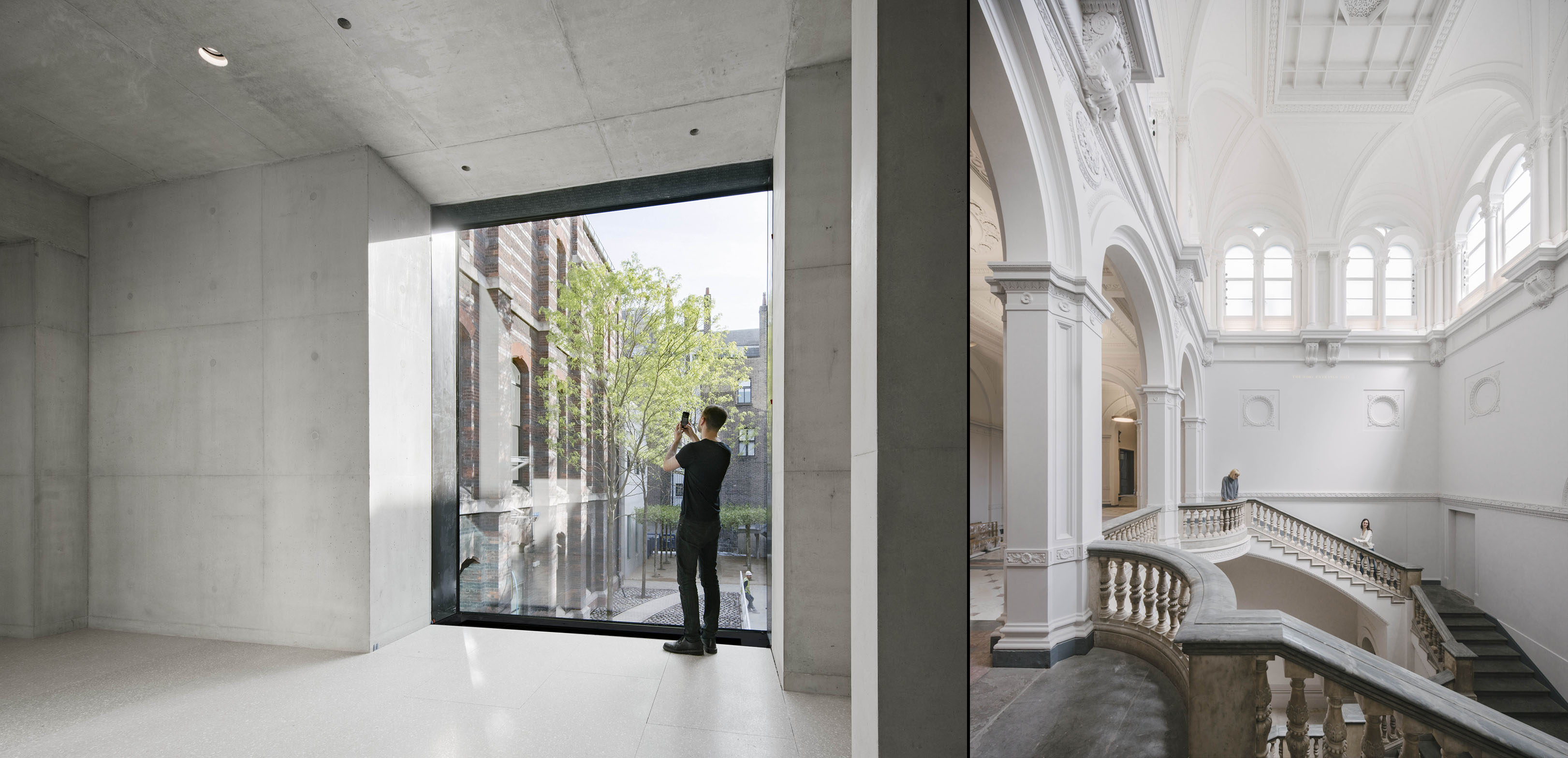
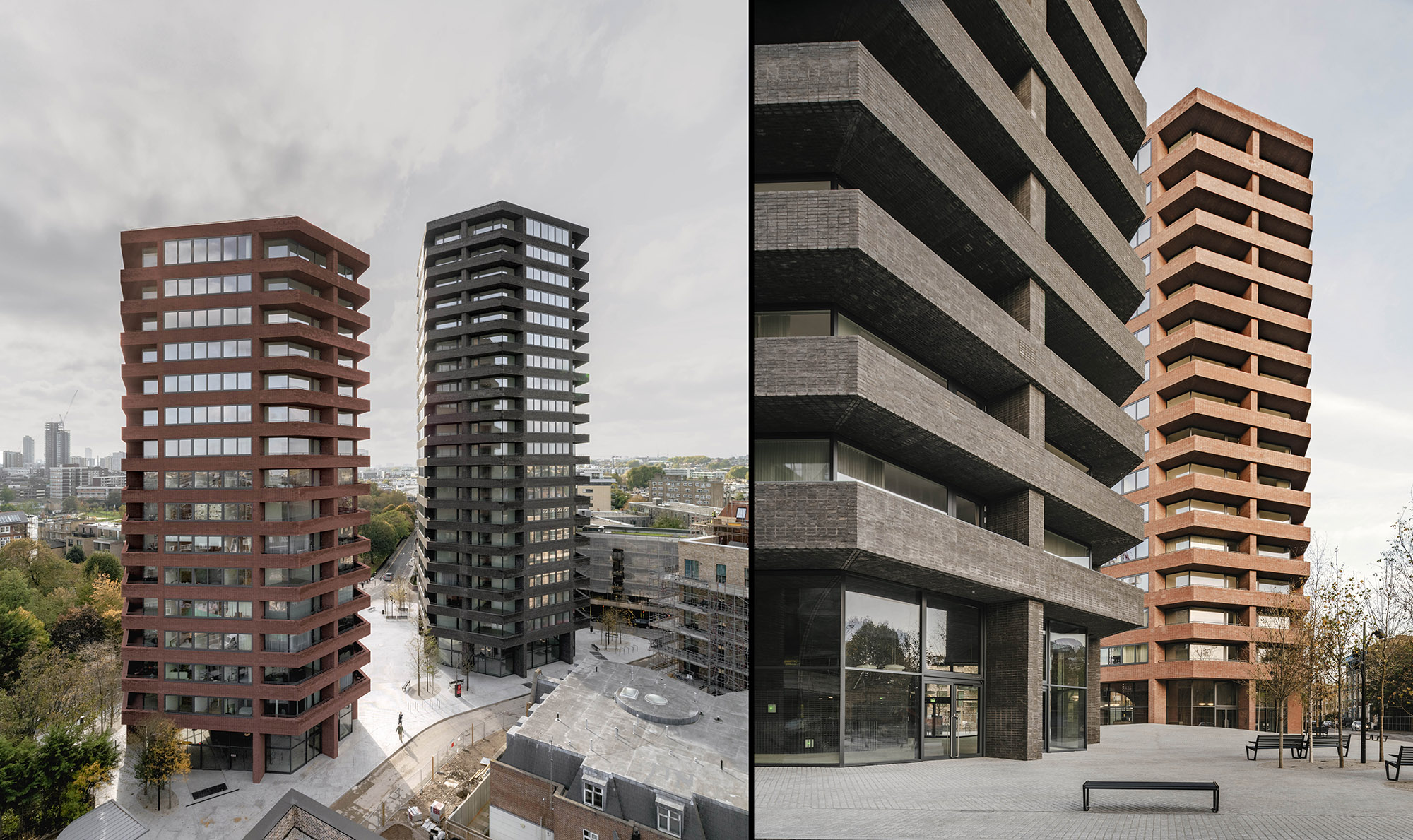
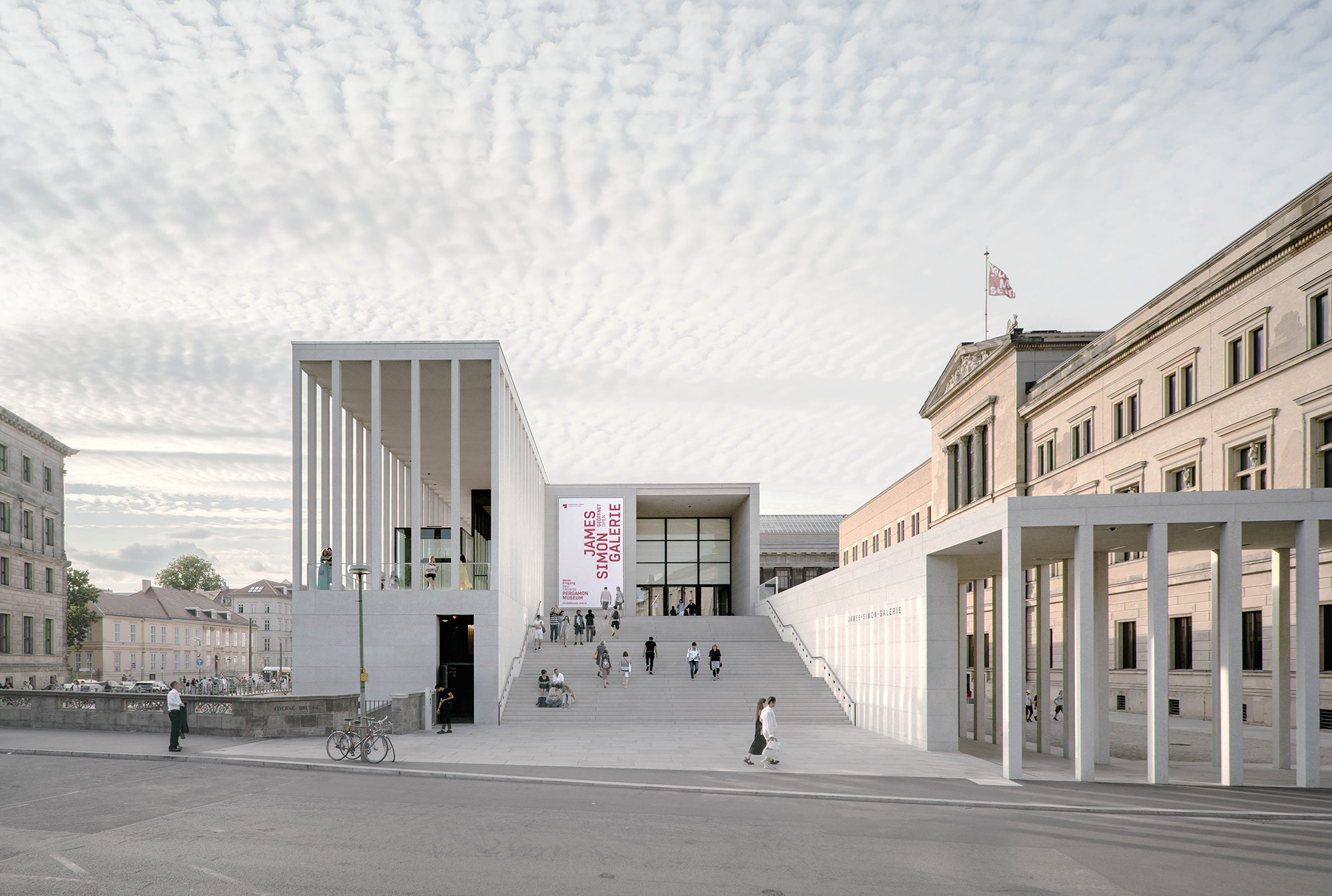
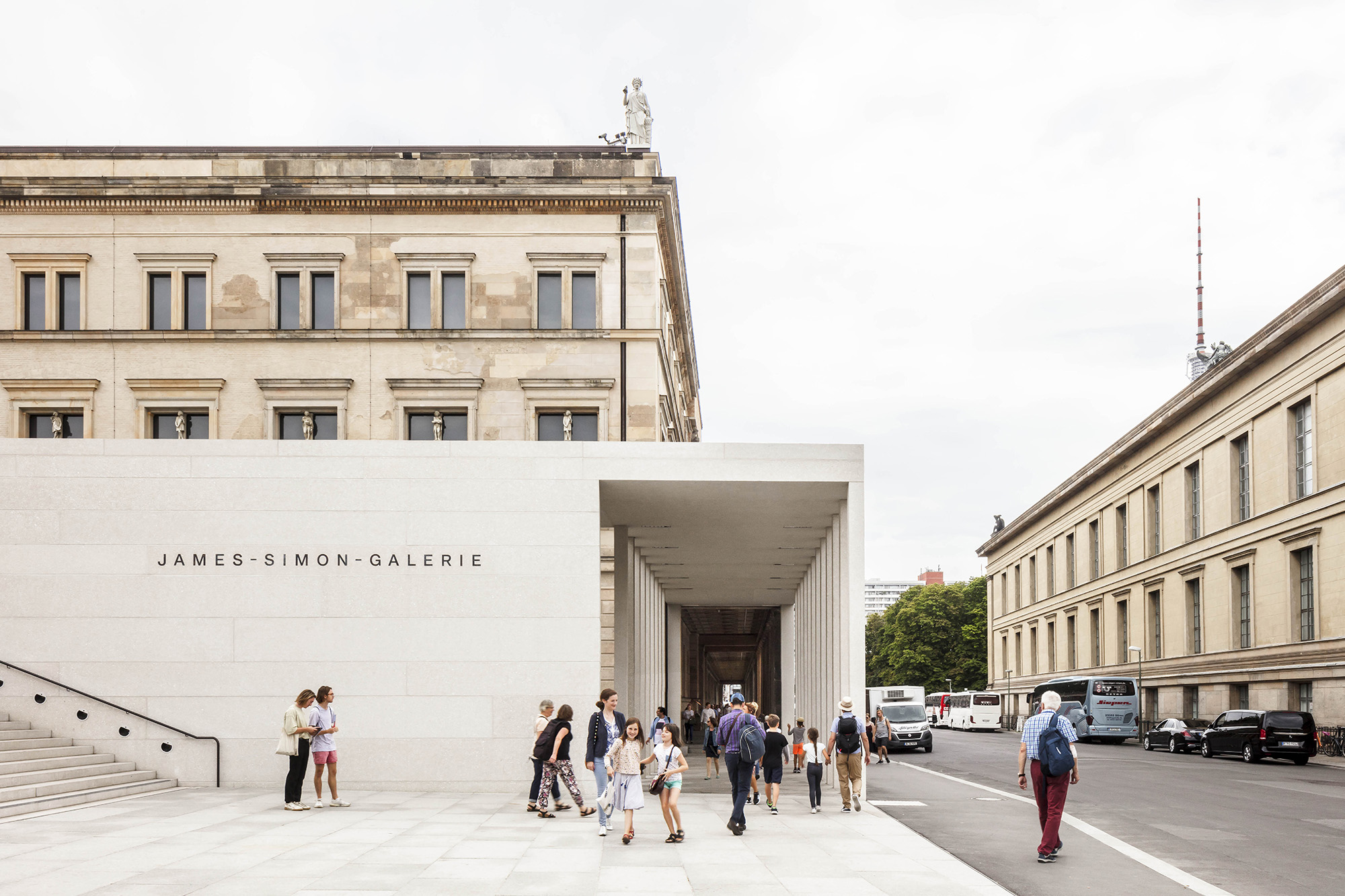
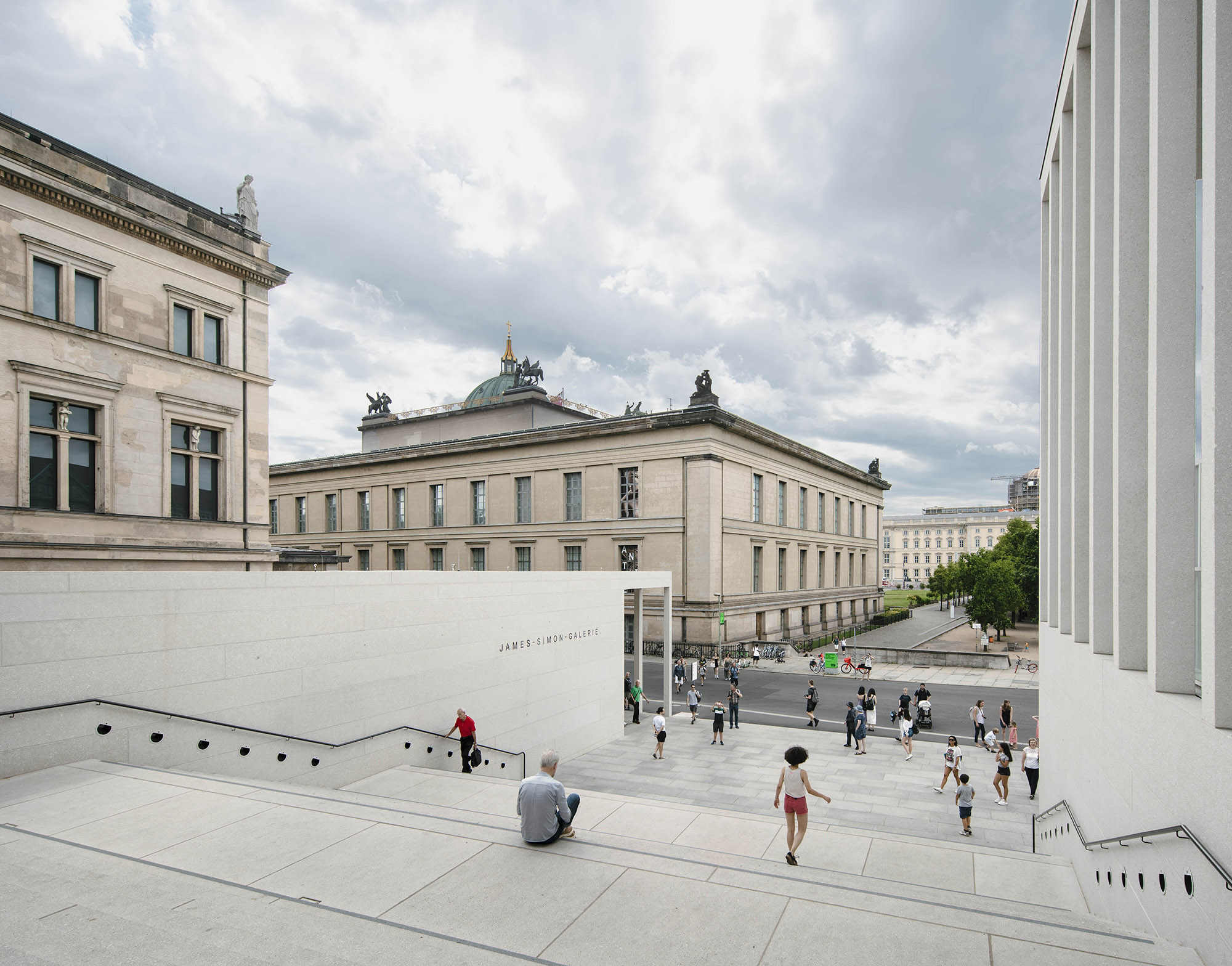
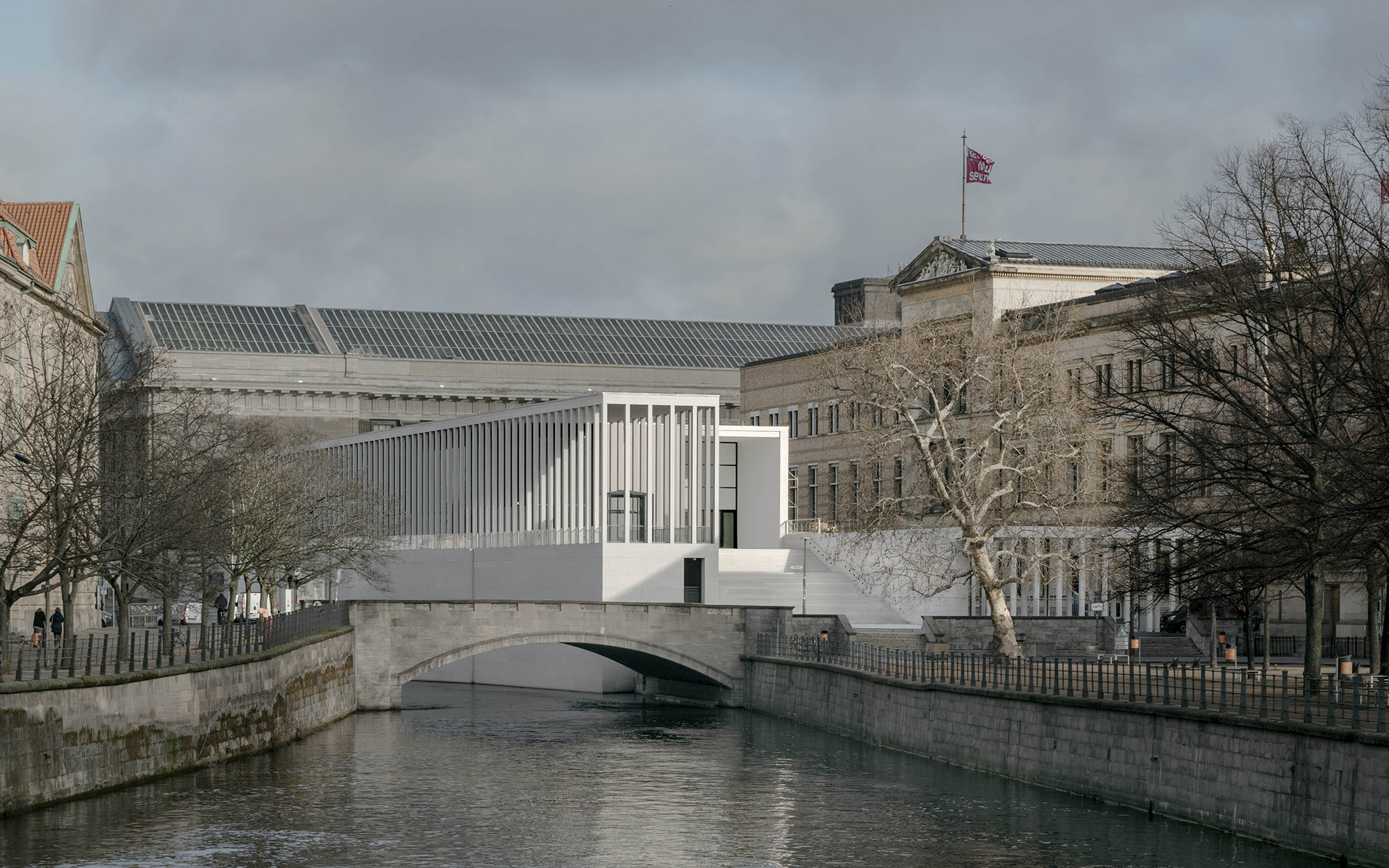
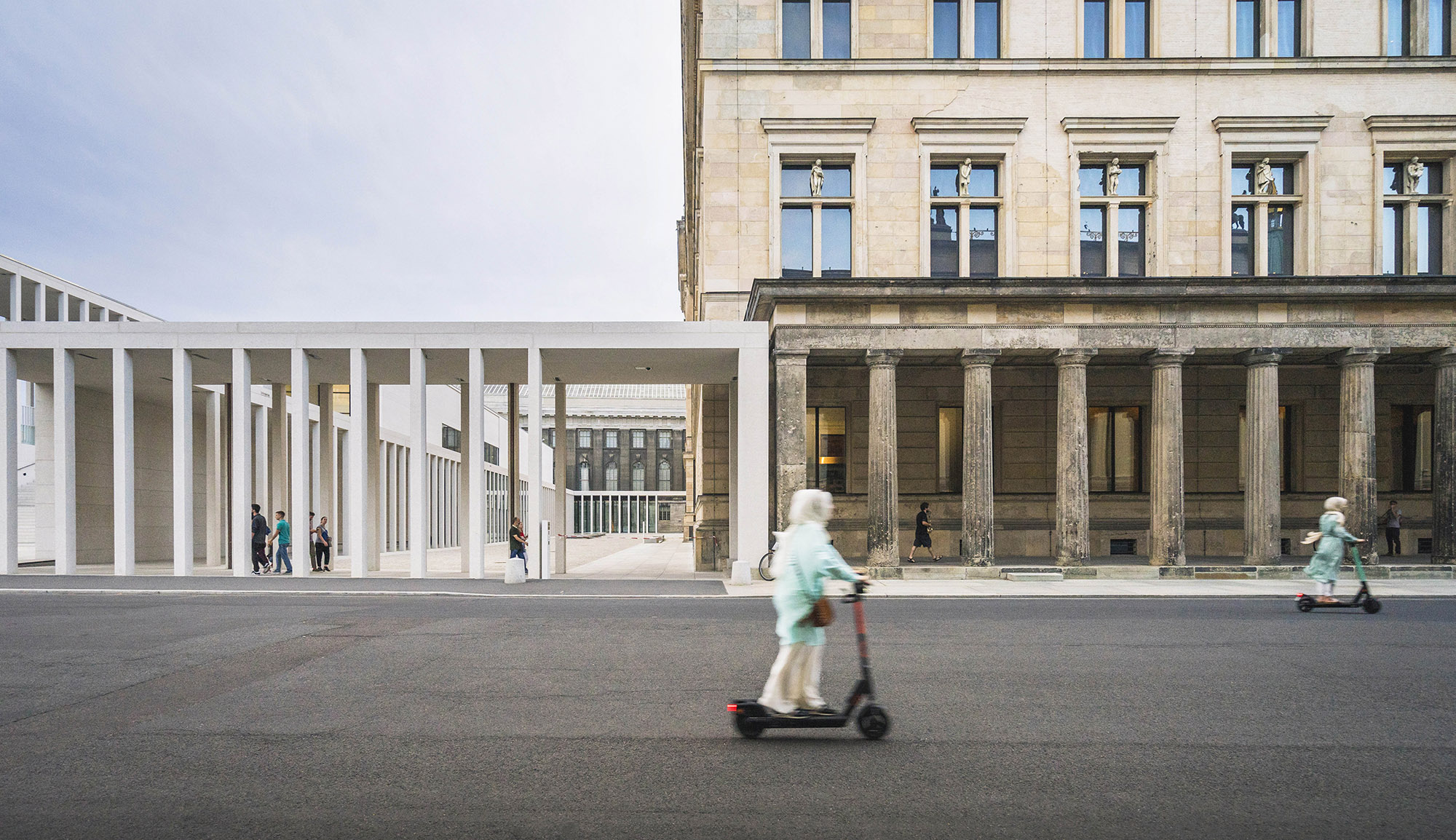
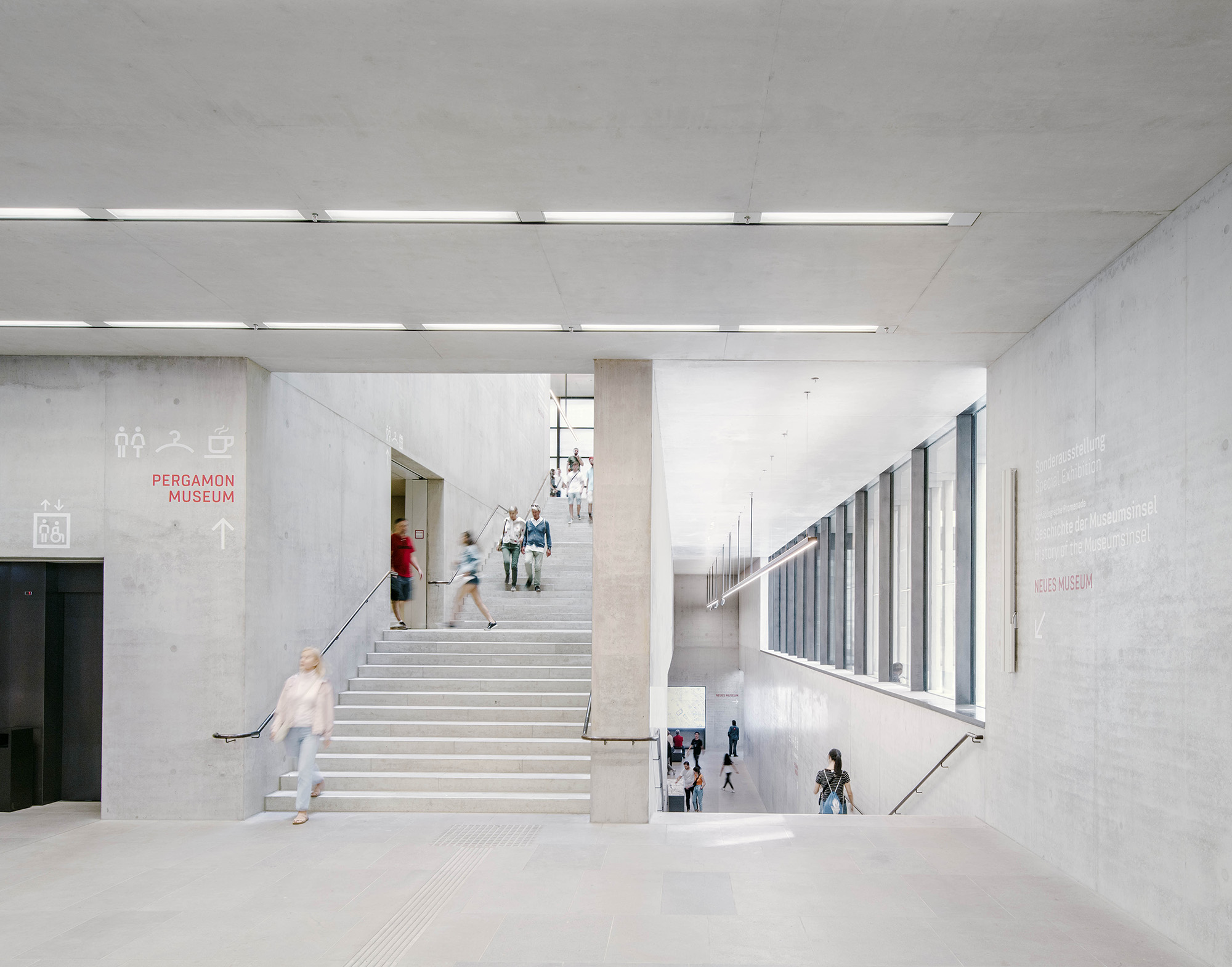
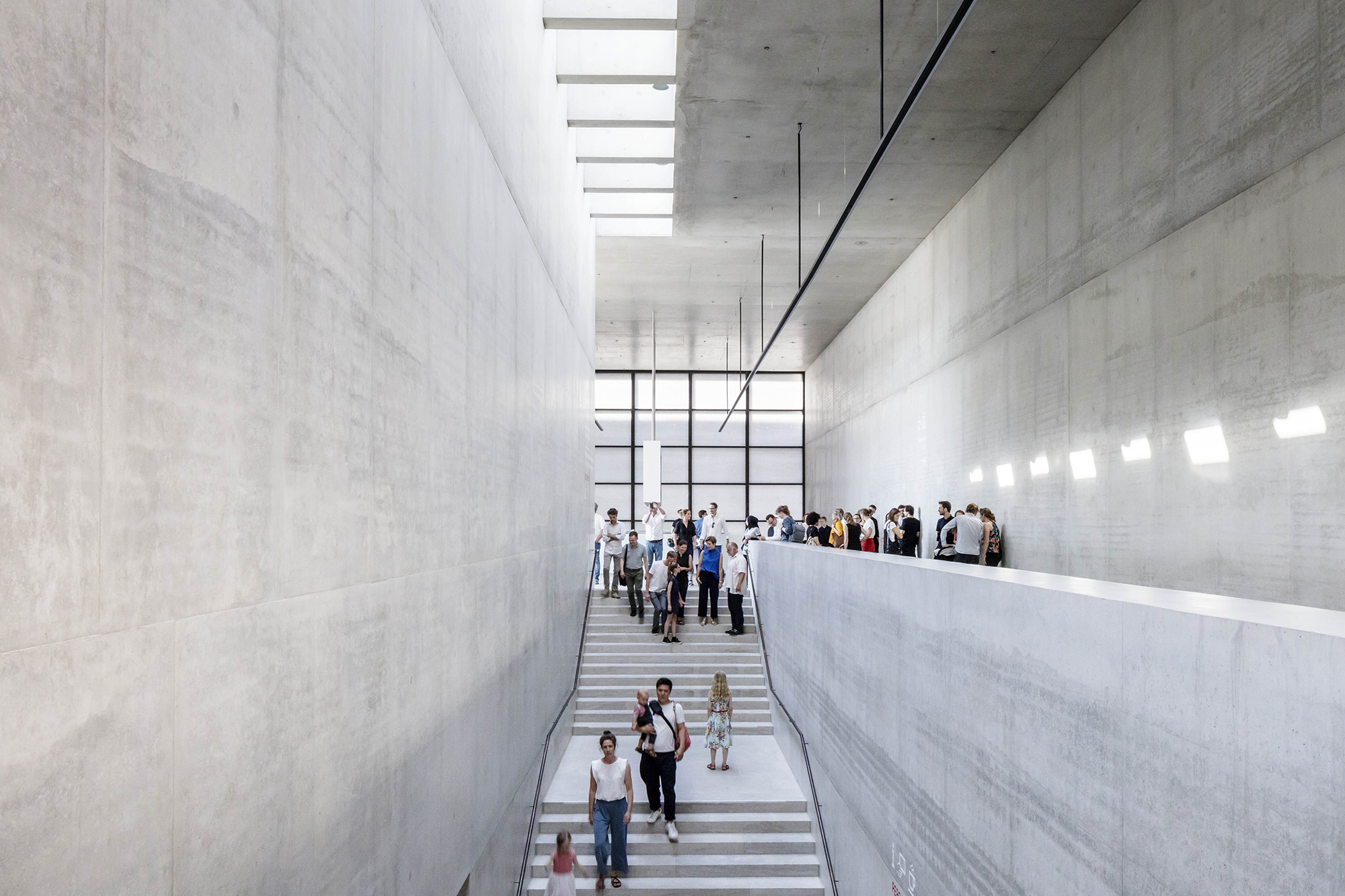
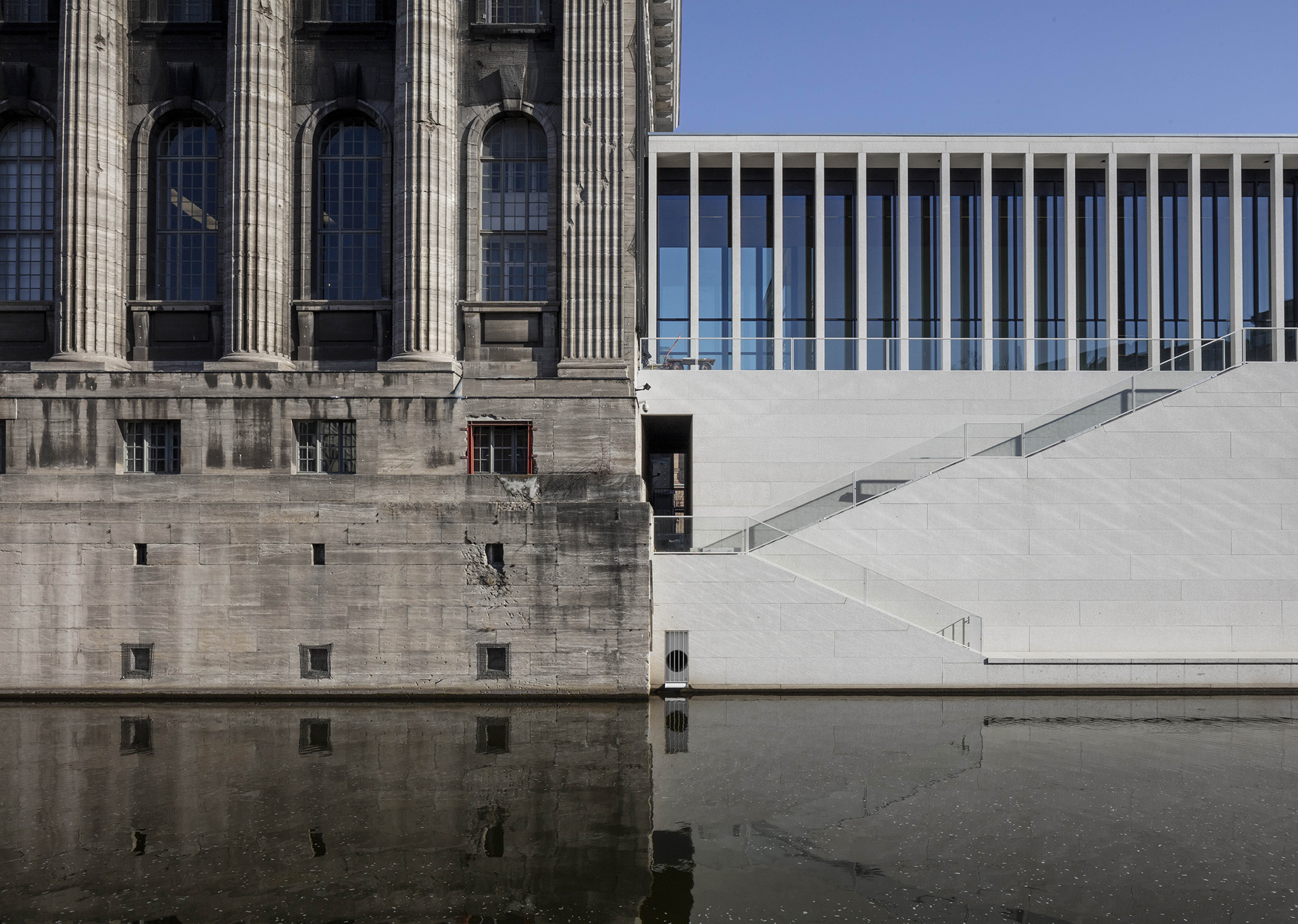
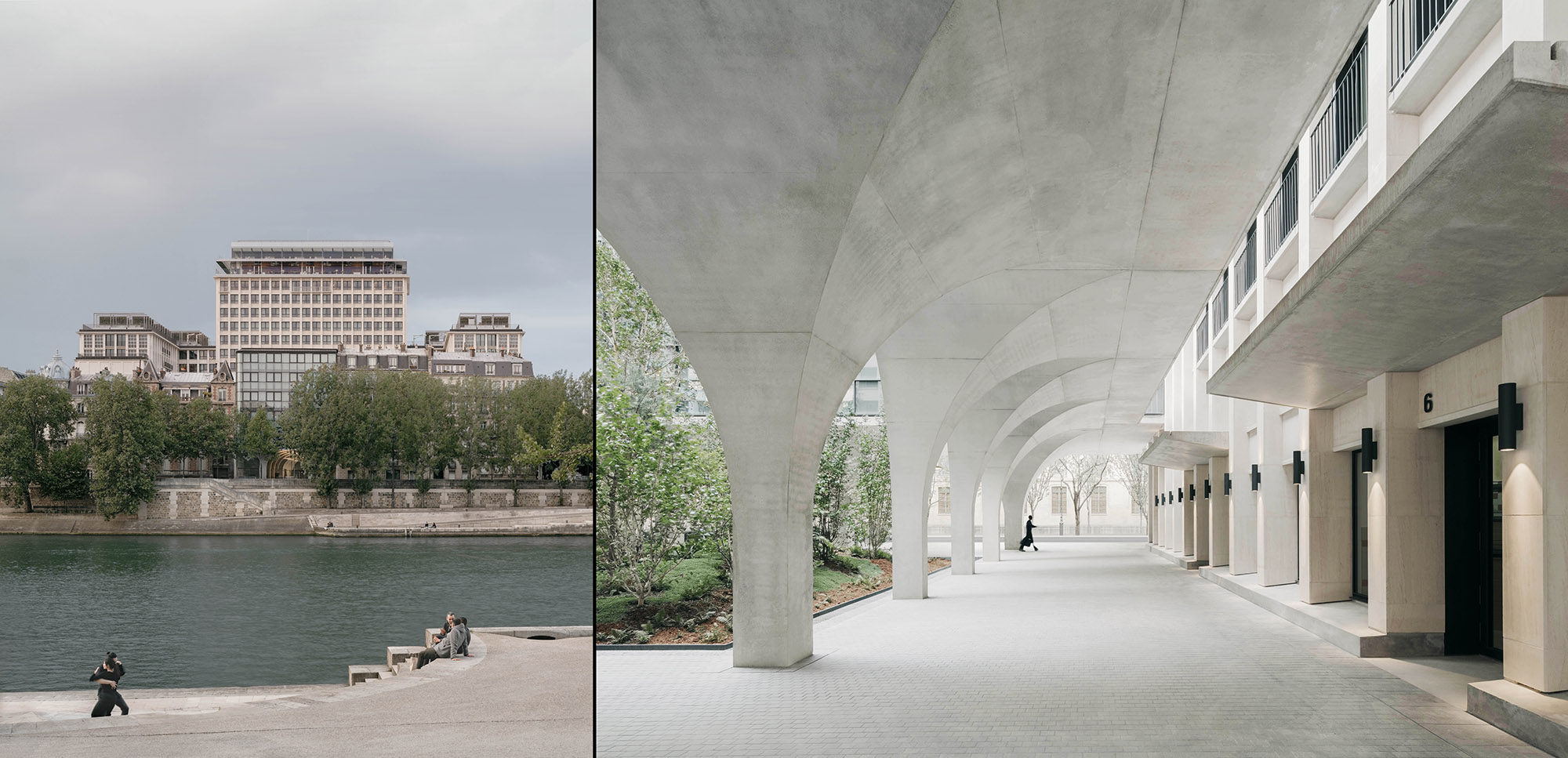
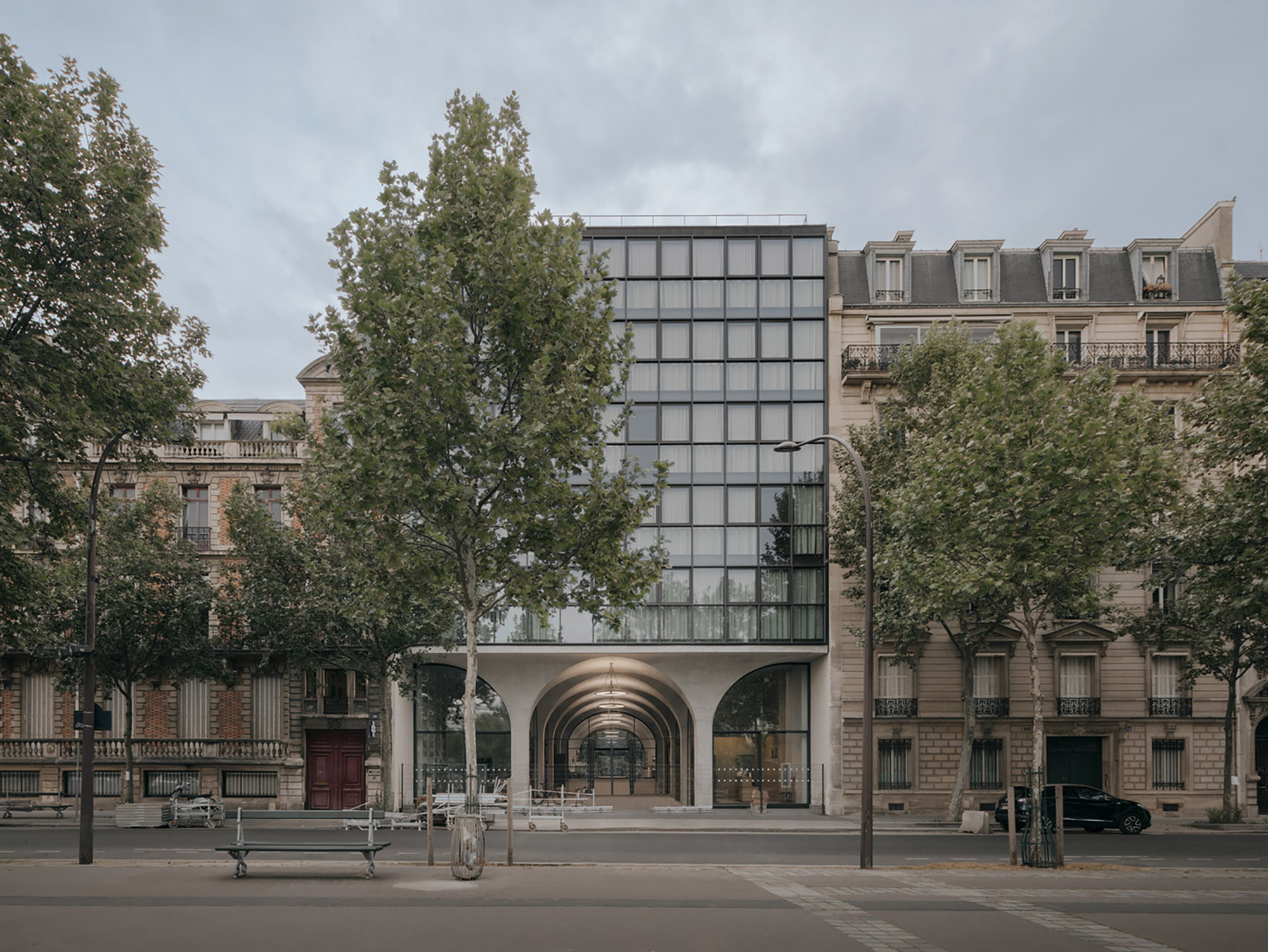
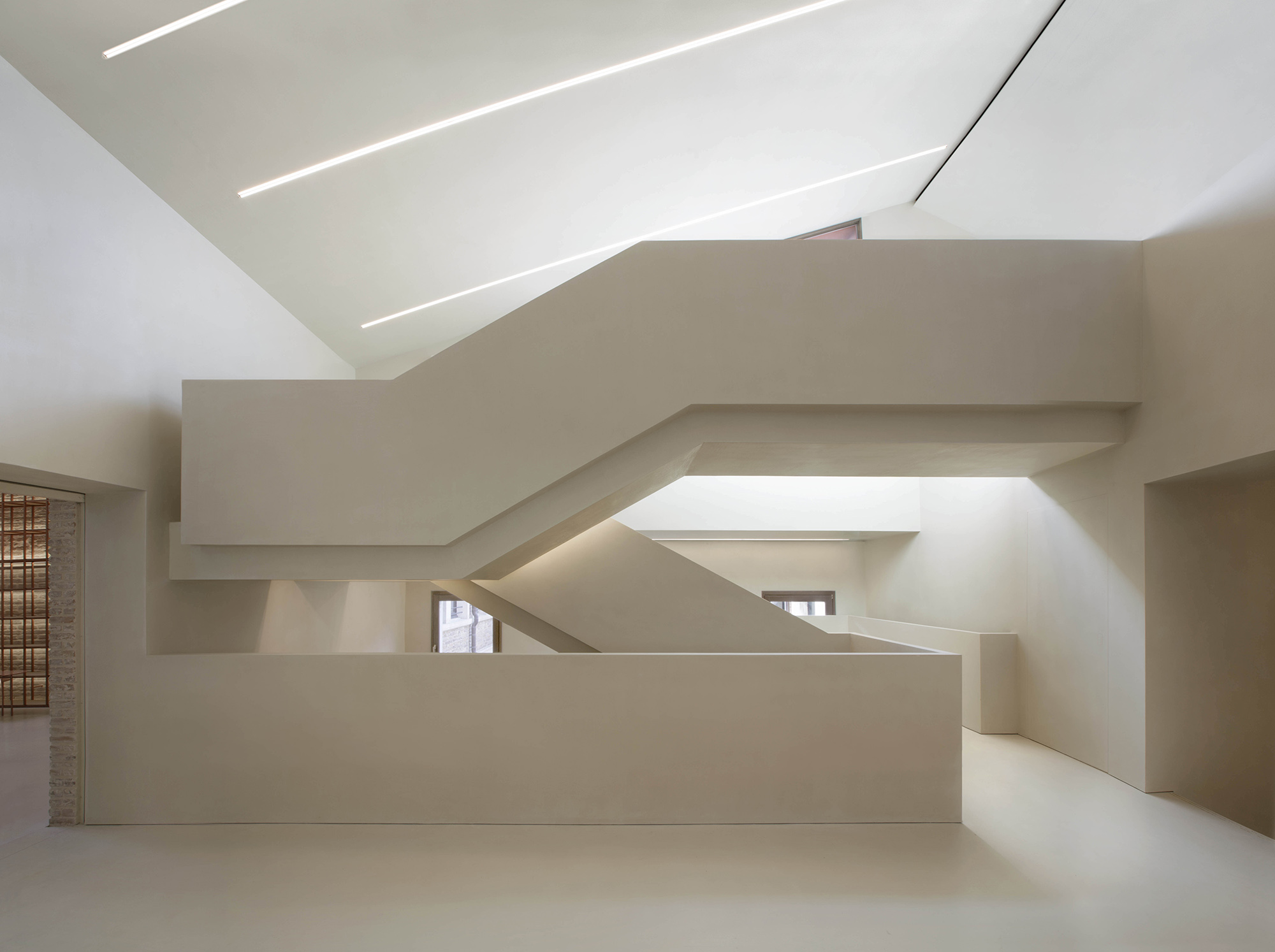
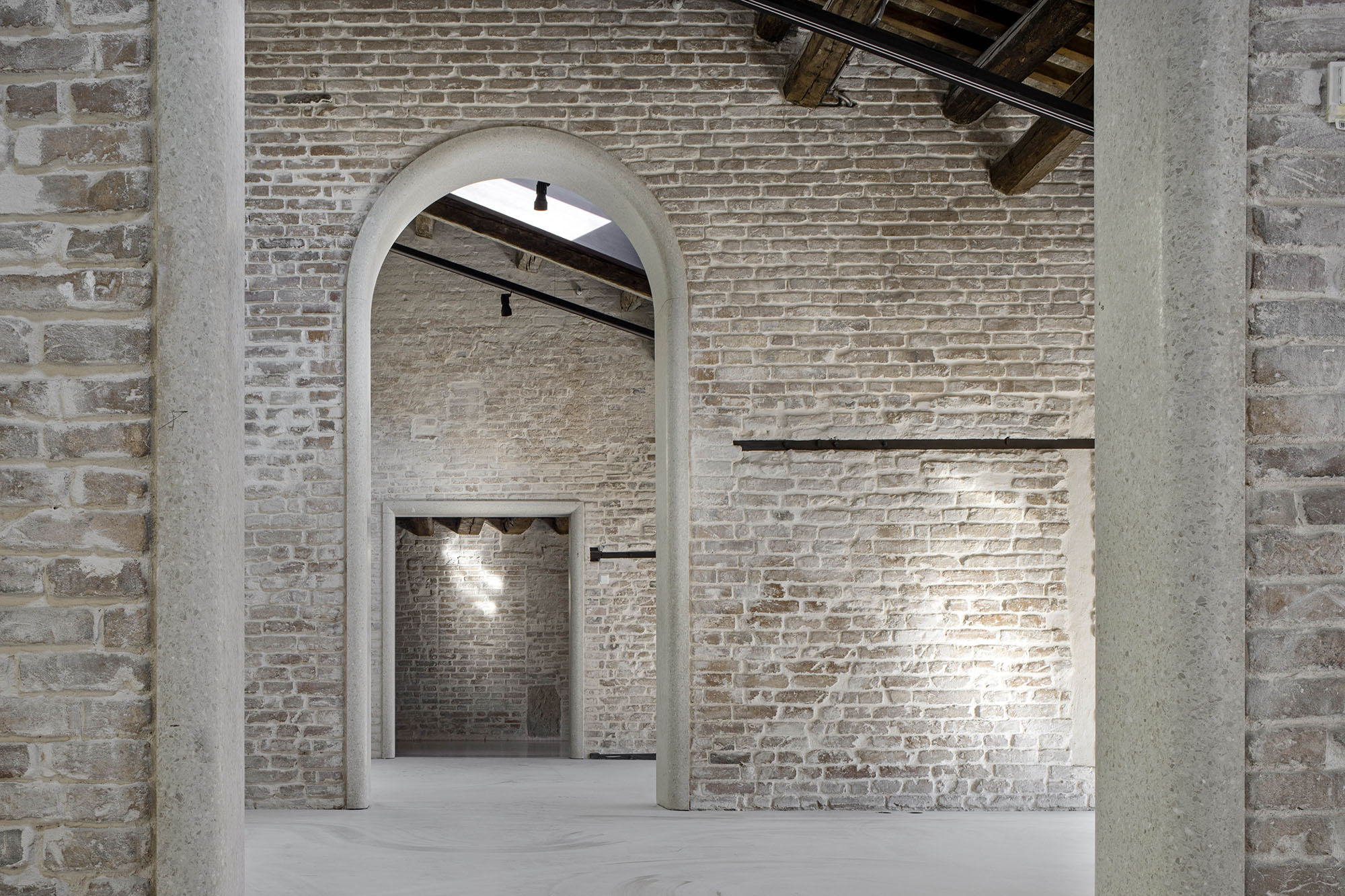
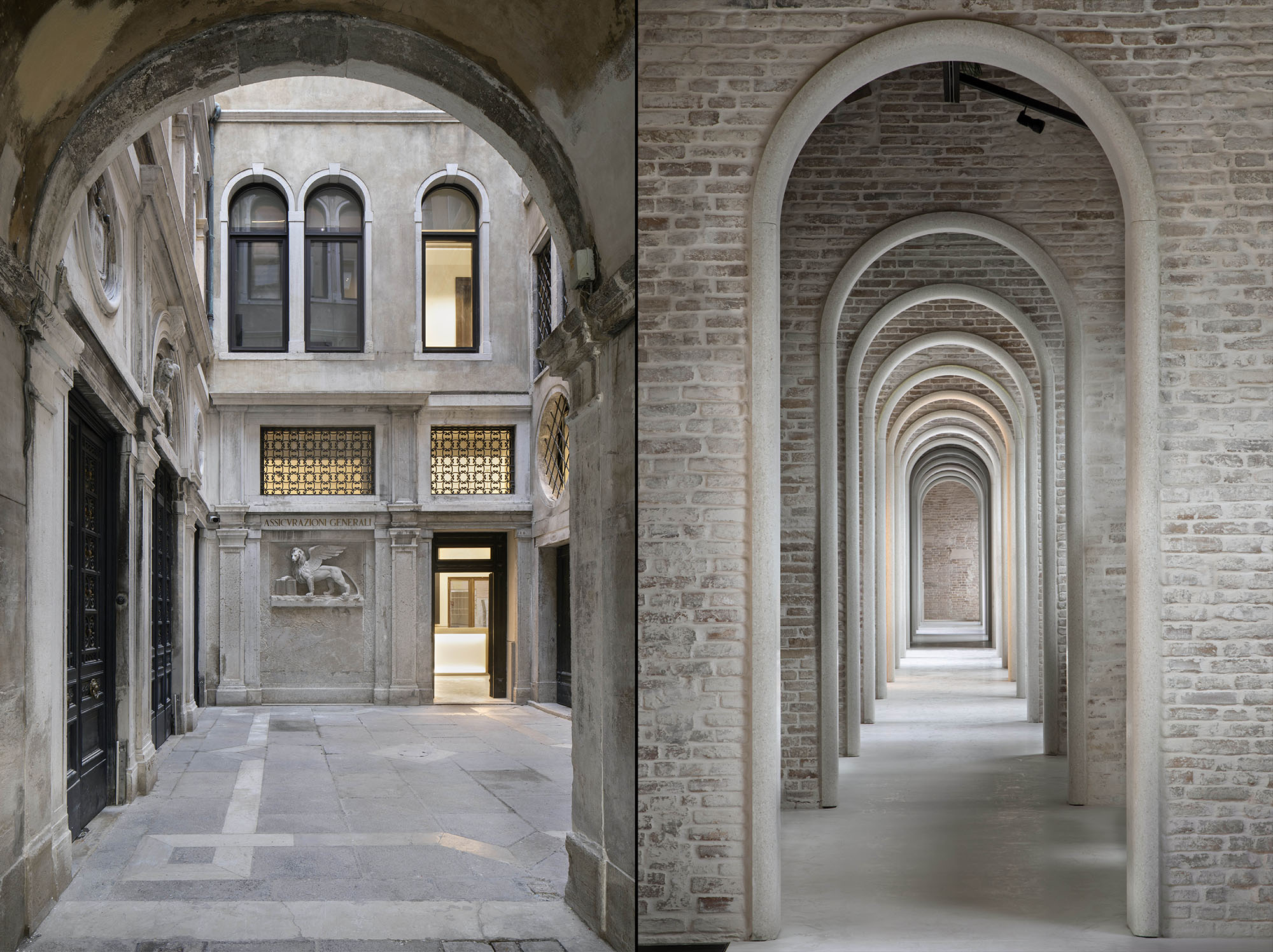
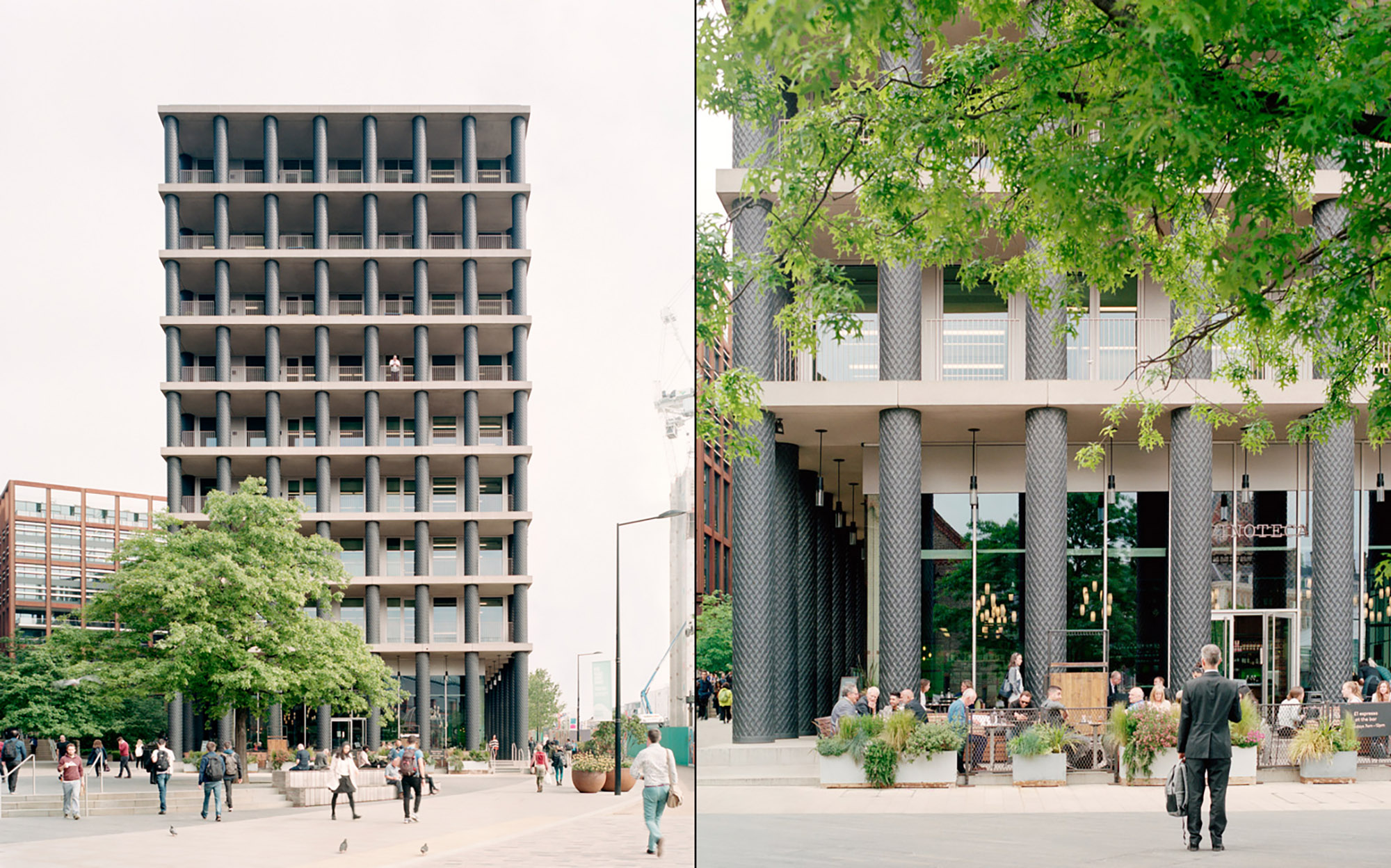 One Pancras Square, photo of Rory Gardiner
One Pancras Square, photo of Rory Gardiner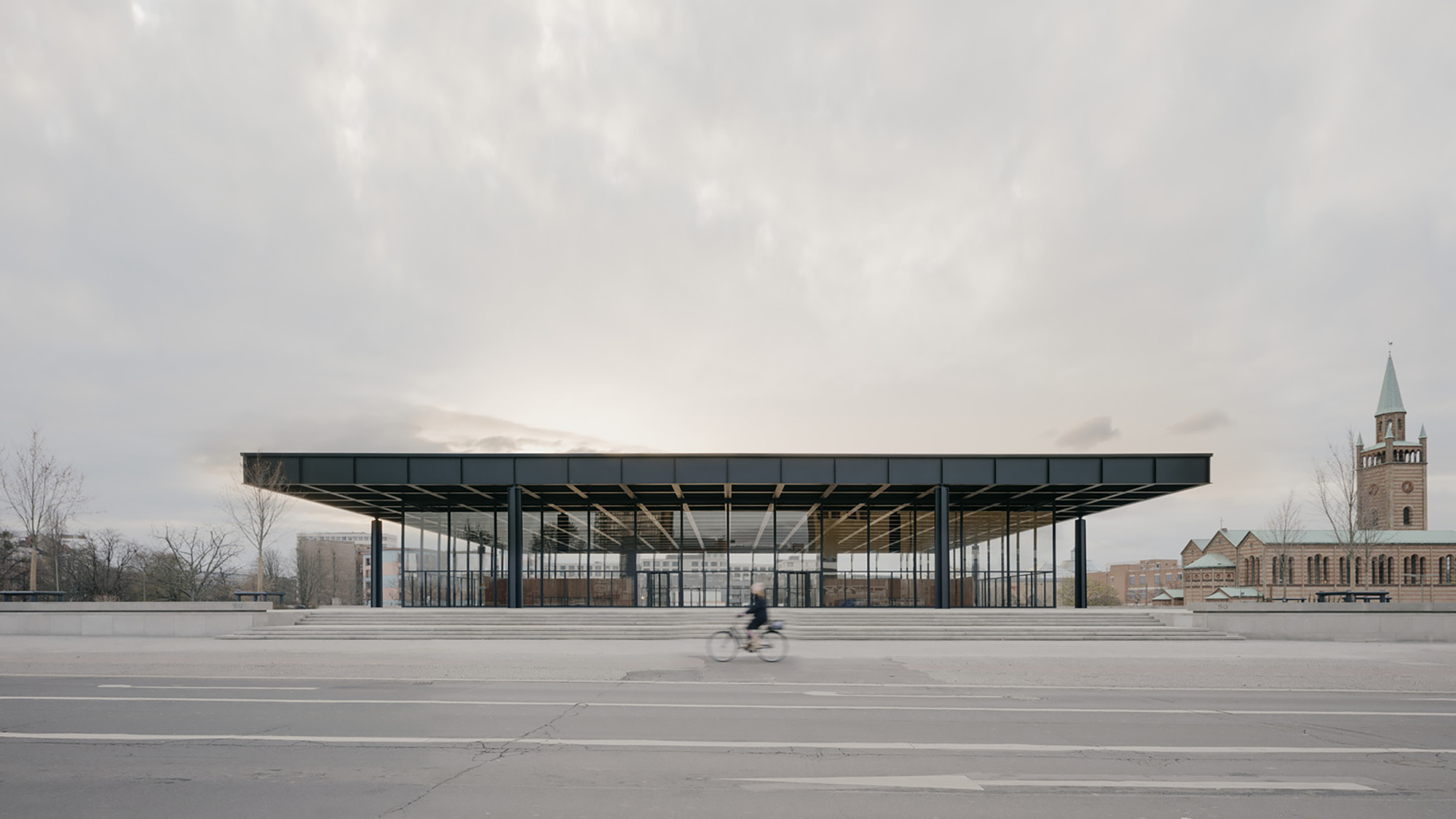
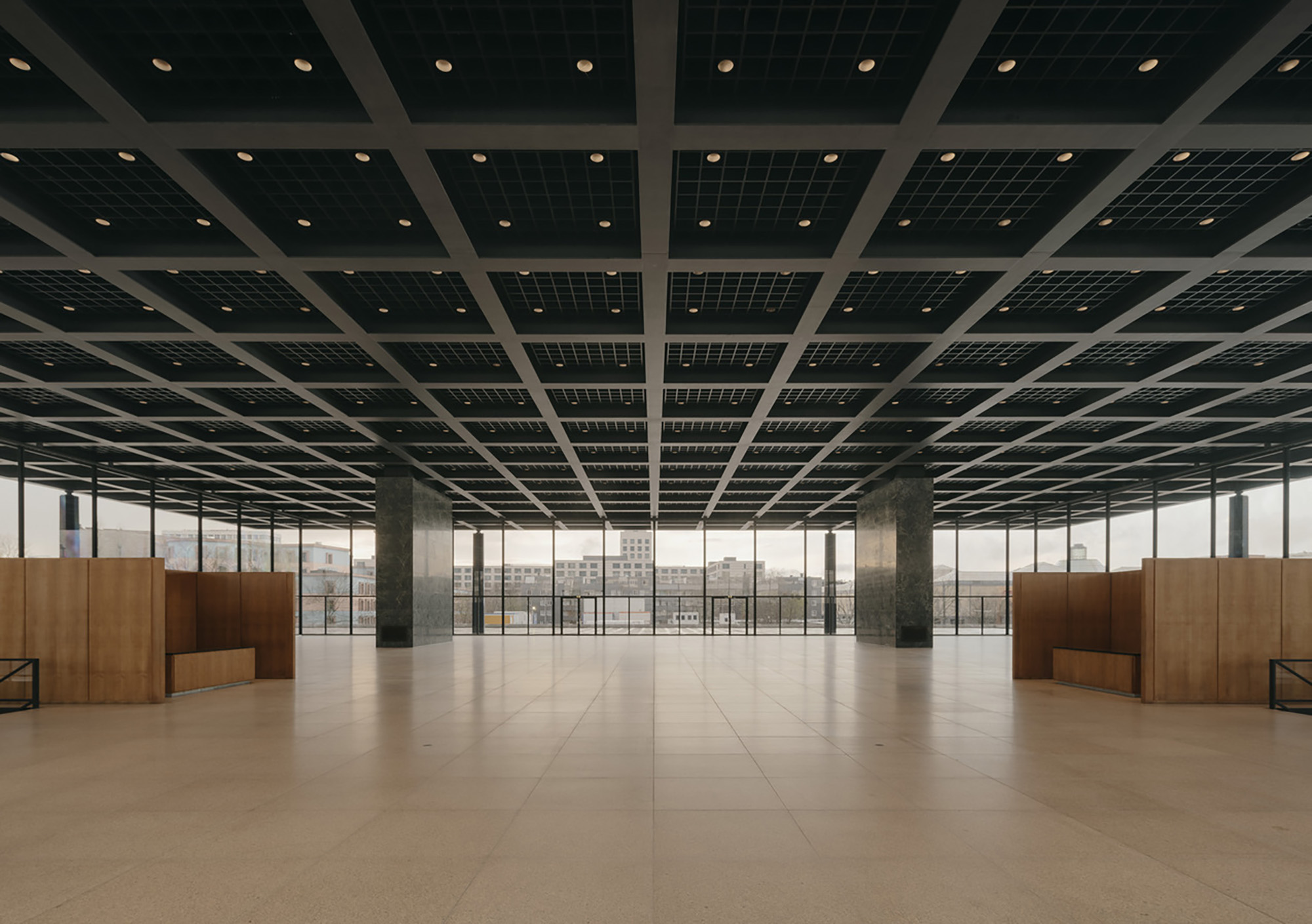
m i l i m e t d e s i g n – w h e r e t h e c o n v e r g e n c e o f u n i q u e c r e a t i v e s

